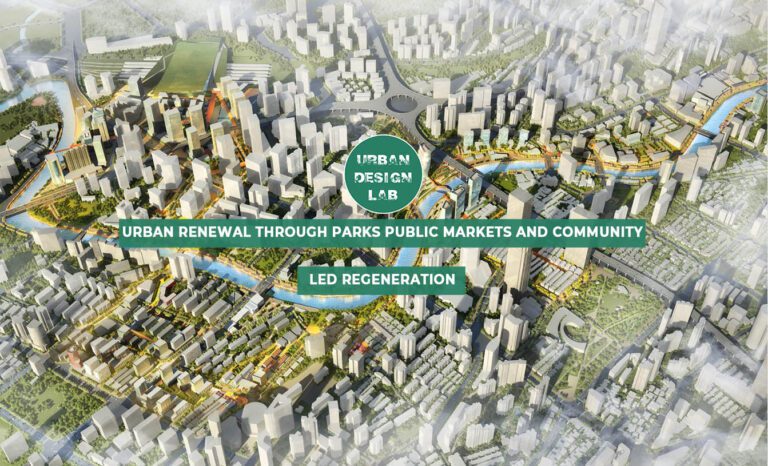
Mercado de Colón: Valencia’s Modernist Market as a Cultural and Commercial Hub
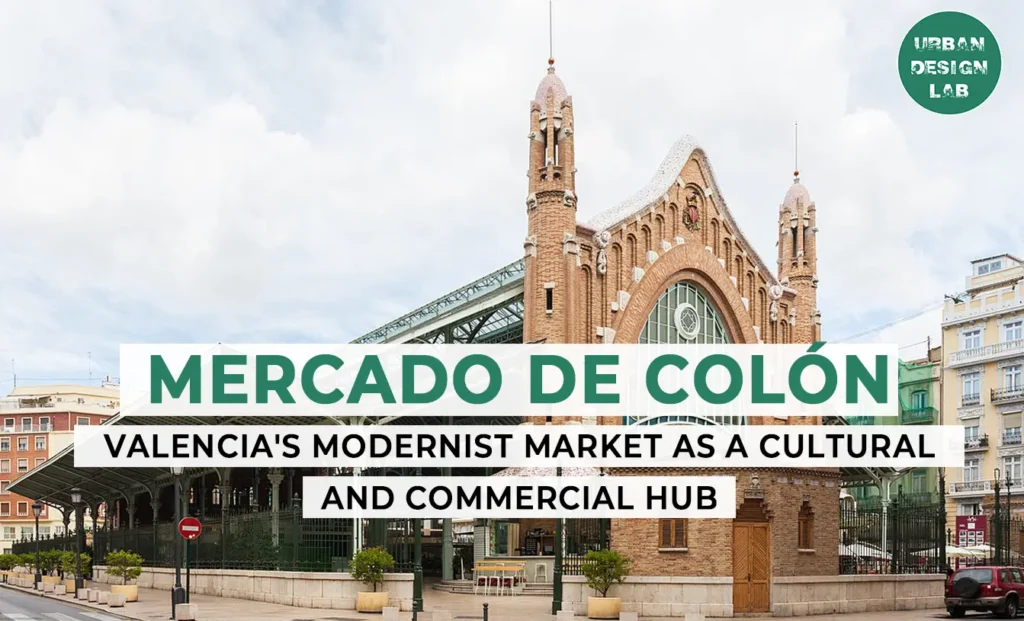
Valencia’s urban experience has been shaped by the intersection of planning decisions, architectural movements, and the evolving role of market culture. Since the 1950s, steady population growth led to major urban transformations, with city plans in 1946 and 1966 expanding the metropolitan structure and addressing housing and mobility needs. As neighborhoods like the Ensanche emerged, the demand for nearby markets like the Mercado de Colón grew as part of a broader call for accessible, community-based infrastructure.
At the same time, Catalan Modernism introduced a new architectural language rooted in natural forms, vibrant materials, and expressive façades. This movement reshaped not only how buildings looked, but how they contributed to the life of the city. Architecture became a tool to blend aesthetics, innovation, and social function.
So, how have architectural movements, planning decisions, and market culture shaped Valencia’s urban experience? By layering infrastructure, identity, and public life into the city’s fabric. Today, restored markets like Colón remain active social and commercial hubs, reminding us that thoughtful design and inclusive planning continue to define Valencia’s character and the way people move, meet, and live in the city.
The Expansion of Valencia’s City Plan
Valencia, the third-largest city in Spain, has experienced steady population growth since the 1950s. This demographic shift brought significant urban transformations. The first major step toward a metropolitan structure came with the 1946 Urban Plan of Valencia and its surroundings, followed by the 1966 plan, which responded to the city’s rapid expansion. These urban plans aimed to meet housing demands and improve transport infrastructure to support the intense rural-to-urban migration occurring at the time.
It was within this context of transformation and growth that the demand for public markets such as the Mercado de Colón emerged. As neighborhoods like the Ensanche developed, residents and property owners began petitioning the local government, around 1890, to establish permanent or temporary markets in the area. Their requests reflected both the inconvenience of traveling to distant markets like Central or Ruzafa, and the increasing presence of informal street vendors meeting local needs. The call for nearby, well-integrated public spaces shows how urban expansion created new demands for accessible infrastructure blending functionality with daily life and a sense of community.
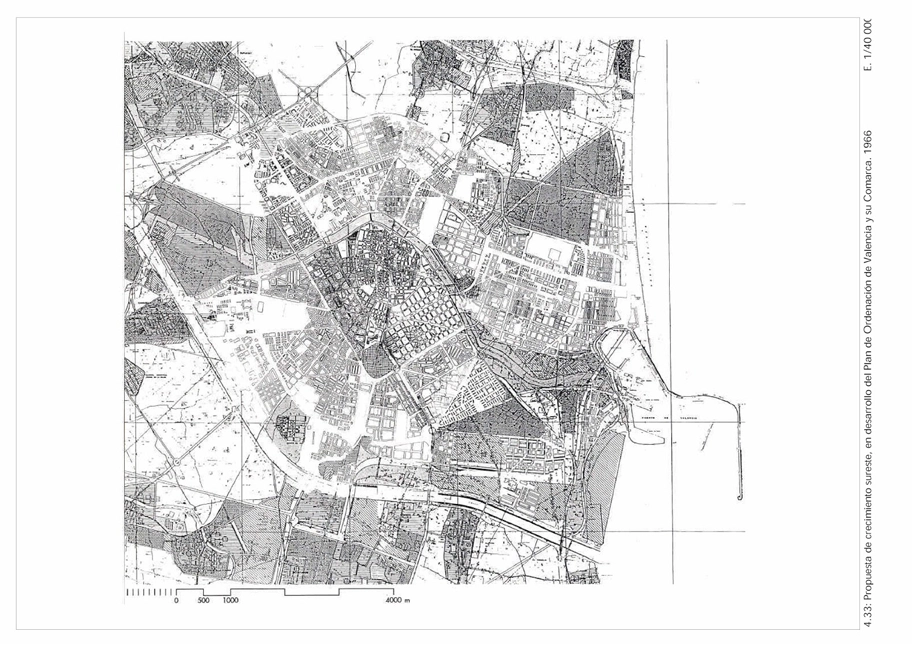
Catalan Modernist Architecture in Valencia
Valencia’s architectural heritage is truly one of a kind. As people walk through its historic streets, they’re drawn to the distinctive features of the traditional Valencian style. The textures of local materials, the layering of cultural influences, and the careful attention to detail offer a glimpse into the city’s rich architectural evolution.
By the end of the 19th century, Catalan Modernism began reshaping cities like Barcelona and Valencia. The movement emerged from a desire to move beyond rigid historic styles and embrace a more creative, modern society. Architecture became the language of this shift: curved lines replaced straight edges, organic shapes took center stage, and façades became canvases of artistic expression.
Inspired by nature, buildings bloomed with decorative details mosaic tiles, floral motifs, and flowing forms. Materials such as glass, ceramic, red brick, and metal were used not only for their function but also to evoke emotion and beauty. Today, people still experience the impact of this movement in the streets of Valencia, where modernist buildings stand as markers of innovation and urban transformation.
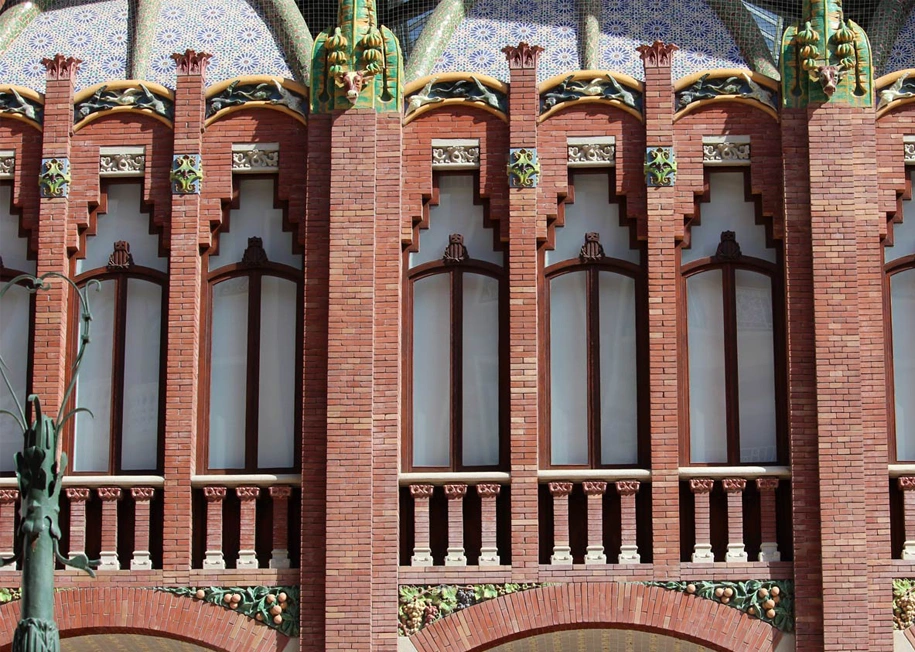
Source: Website Link
Cultural Identity and the Role of Public Markets
Market buildings spread across European cities in the 19th century as symbols of urban modernization. Two main models were adopted: the central market and the polycentric system based on proximity. While Barcelona is often noted for its district markets, Valencia followed a similar approach, integrating markets into the fabric of its expanding neighborhoods.
In Southern European cities especially in Valencia markets were much more than places to buy food. They were spaces of interaction, exchange, and everyday community life. In working-class areas, markets served as important anchors, offering both affordable goods and social connection. These places shaped lasting features of the urban landscape and helped define the identity of each neighborhood.
Today, Valencia’s markets continue to reflect this unique blend of function and culture. Places like Mercado Central or Mercado de Colón remain active hubs where tradition, gastronomy, and local life intersect. Outdoor markets also thrive, offering fresh produce, handmade goods, and vibrant atmospheres that attract both residents and visitors. More than just commercial spaces, they hold the memory of the city and provide a sense of belonging that keeps them relevant in contemporary urban life.
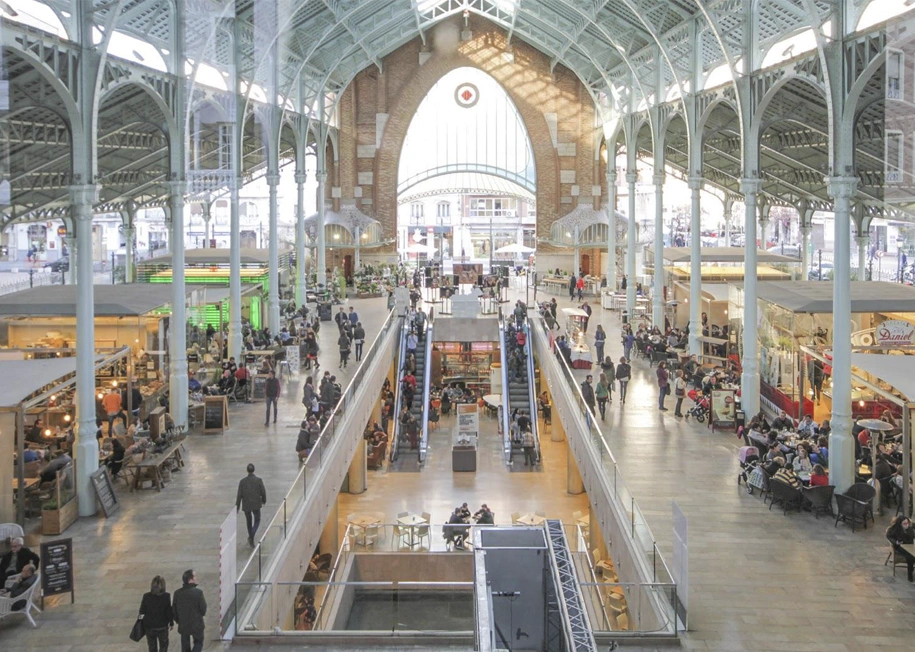
Mercado de Colón: Origins and Early Years
As mentioned earlier, market buildings became a new form of architecture and planning, evolving into central gathering points in many European cities. Around the time of the First and Second World Wars, they introduced new construction methods and materials, leaving both visual and cultural marks while influencing agriculture, logistics, and urban life.
Mercado de Colón followed this trend. Designed by Francisco Mora and inspired by Catalan Modernism, it was envisioned as a large, open space composed of three naves supported by metal trusses. The market’s perimeter was framed by a stone base topped with ornamental wrought iron fencing, forming a rectangular plan with chamfered corners. With eight large doors, the building is highly accessible and well- integrated into its urban context.
Its design emphasized natural light, ventilation, and richly detailed ornamentation. Polychrome ceramics were used not just decoratively but as part of a broader vision of architecture as a total work of art. Originally, the market served as a public space for selling fresh produce and regional goods, combining aesthetics, civic purpose, and everyday functionality.

Mercado de Colón Today: Restoration and Revival
In the 20th century, many public markets faced a period of decline, largely due to changes in food commercialization. However, several historic markets across Europe have endured preserving their structures while adapting to new trends. Mercado de Colón is a clear example of this successful evolution.
Its restoration was carried out in three phases, depending on the complexity of the work. The first phase focused on the construction of four underground levels, including a new parking area. The second involved the structural restoration of the market’s walls and supports, and the third was dedicated entirely to recovering the façade preserving the building’s original appearance and artistic value.
Thanks to this thoughtful restoration, Mercado de Colón has maintained its iconic structure and architectural integrity. Today, it operates as a vibrant cultural and gastronomic hub, attracting both locals and visitors. The experience feels like a journey through time a chance to admire the beauty of its historic design while enjoying modern culinary offerings. As Enrique Martínez notes, the activity of markets in Spain remains “incomparably great.” They continue to be essential urban assets, contributing to the vitality, balance, and identity of cities

Source: author
Conclusion
Valencia’s markets reflect a layered urban story shaped by planning decisions, architectural movements, and evolving social needs. From the early demands of expanding neighborhoods to the modernist vision of integrated civic spaces, markets have long served as both functional infrastructure and expressions of cultural identity.
In recent years, the new market model has further redefined how these public spaces function within the city. By improving integration with the surrounding urban fabric, these renovated markets reduce congestion and enhance overall accessibility. Multiple entry points make the structures feel open and inviting, creating a seamless transition between market life and street activity.
Generous public spaces surrounding the markets featuring walkable paths, seating areas, and even playgrounds turn these sites into more than just commercial destinations. They become social landscapes where everyday interactions unfold. This thoughtful design approach strengthens the connection between people and place, encouraging community engagement and more inclusive urban life.
Today, Valencia’s markets stand as living examples of how design, culture, and community can come together to create more balanced and meaningful urban experiences.
References
- Miralles Garcia. Revising the basis for planning a new kind of progress: the case of Valencia’s city. Polytechnic University of Valencia, Spain. DOI:10.2495/CC150011
- Jose Balsa Barreiro. (2009). Changes in the urban model of the city of Valencia (Spain): An analysis from the point of view of the published cartography
- Nadia Fava, Manuel Guardia, José Luis Oyón, (2015). Food retailing and the public market system: the Barcelona case, 1876-1936. Universitat Politècnica de Catalunya, Barcelona. DOI: https://doi.org/10.1017/S096392681500022X.
- José Luis Oyón and Manuel Guàrdia. European Markets as Makers of Cities.
- Enrique Martínez Díaz. (2005). La restauración del Mercado de Colón de Valencia DOI:10.4995/loggia.2005.3493.
- Mercado de colon historia y rehabilitación. (2004). Ayuntamiento de Valencia.
- Mercat de Colom: https://mercadocolon.es/origenes/
- Bellesguard Gaudi, wed page from: https://bellesguardgaudi.com/en/contributions-of-catalan-modernism-to-the-architectural-development-of-barcelona/
- Christian Heide. (2024). Catalan Modernism. Web page from: https://thebarcelonafeeling.com/catalan-modernism/
- Whispering bold. From: https://www.whisperingbold.com/post/discover-valencia-s-rich-architectural-heritage-from-ancient-to-modern-masterpieces

Juliana Ocaña
About the Author
Juliana Oaña is an architect, with a Master’s in Urban Design from the National University of Colombia. She has explored how public space and building interfaces shape inclusive and vibrant cities through research, design, and community-oriented work. Her interests lie in integrating digital tools with contextual design to strengthen the relationship between people and place. With a human-centered and exploratory approach, she aims to reimagine urban environments in more adaptive and meaningful ways
Related articles
UDL Illustrator
Masterclass
Visualising Urban and Architecture Diagrams
Session Dates
17th-18th January 2026

Urban Design Lab
Be the part of our Network
Stay updated on workshops, design tools, and calls for collaboration
Curating the best graduate thesis project globally!
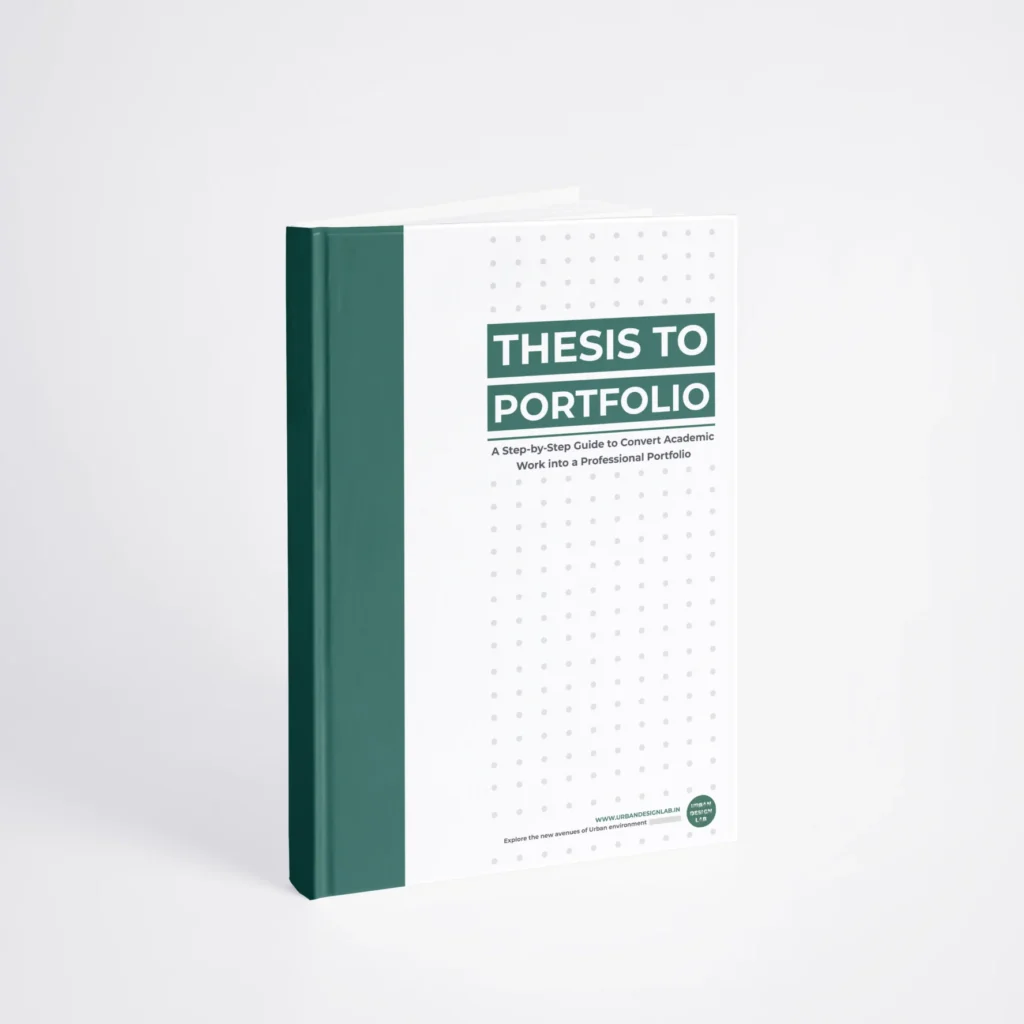
Free E-Book
From thesis to Portfolio
A Guide to Convert Academic Work into a Professional Portfolio”
Recent Posts
- Article Posted:
- Article Posted:
- Article Posted:
- Article Posted:
- Article Posted:
- Article Posted:
- Article Posted:
- Article Posted:
- Article Posted:
- Article Posted:
- Article Posted:
Sign up for our Newsletter
“Let’s explore the new avenues of Urban environment together “
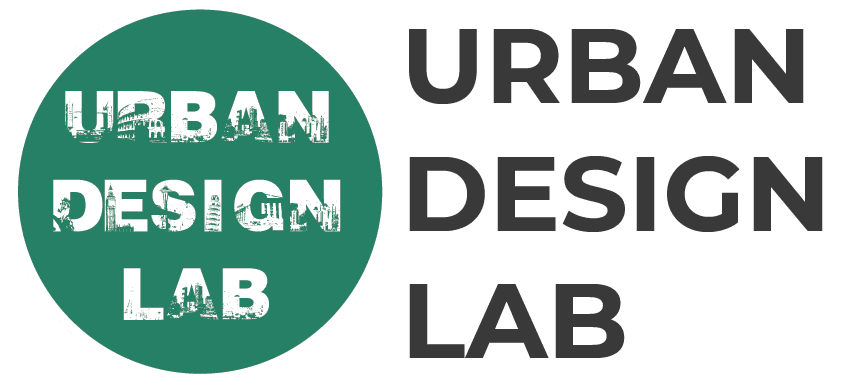
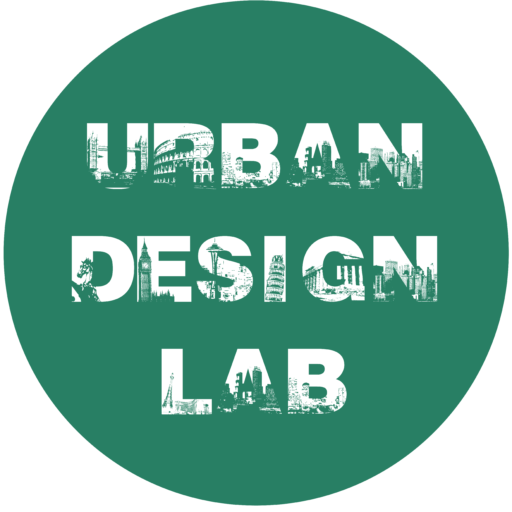
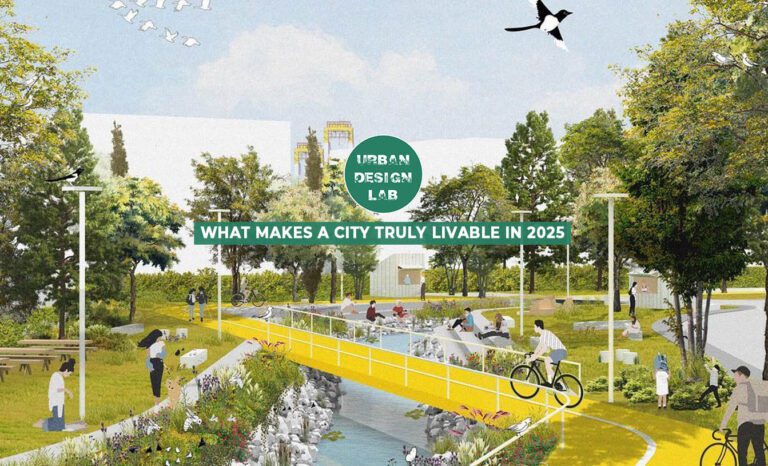
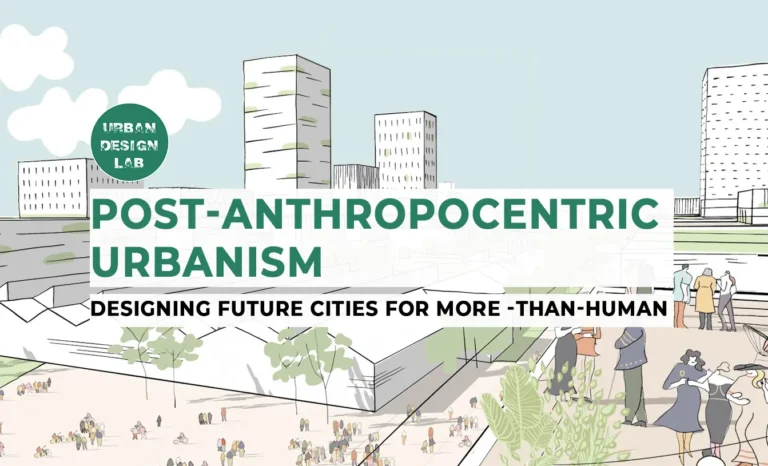
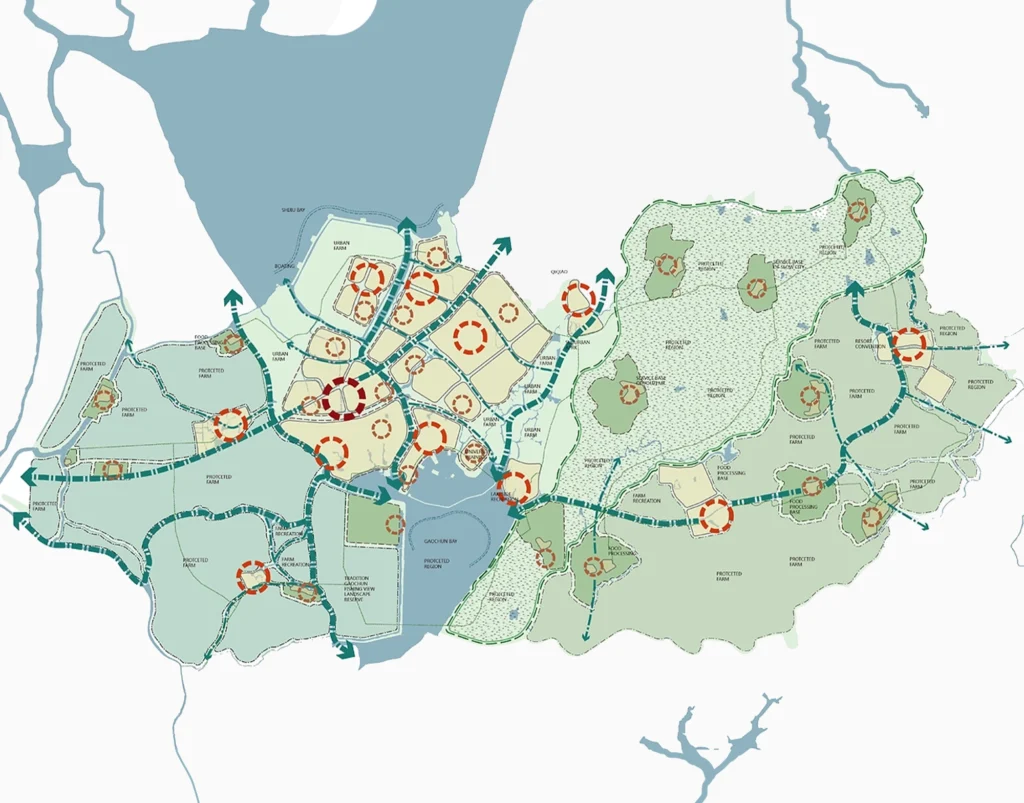
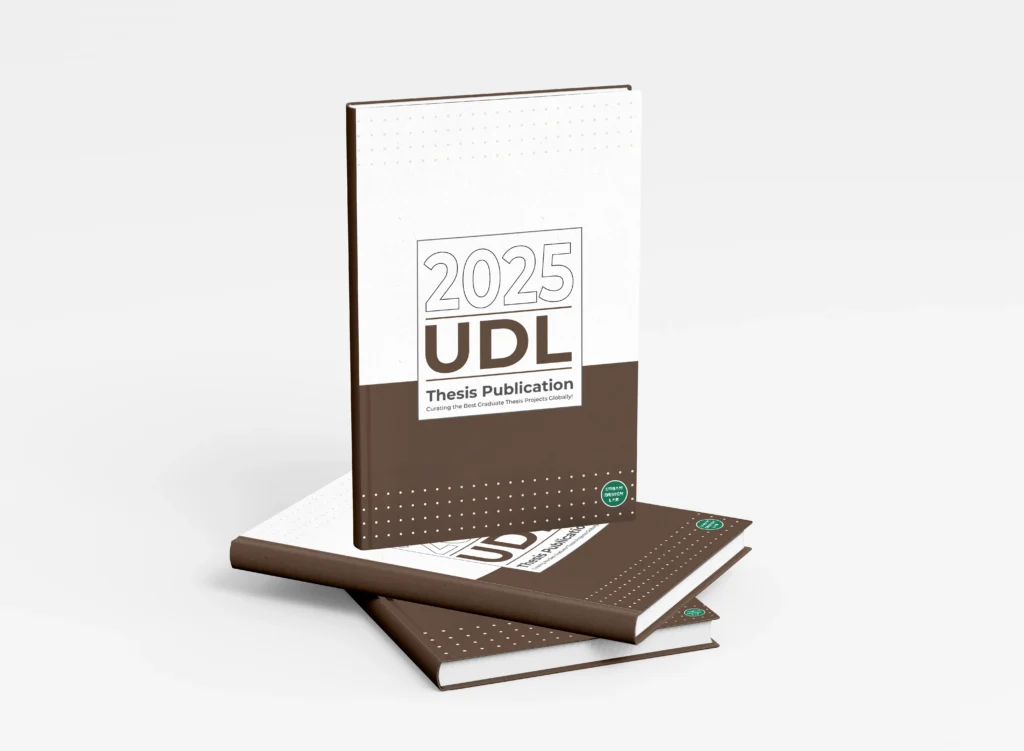
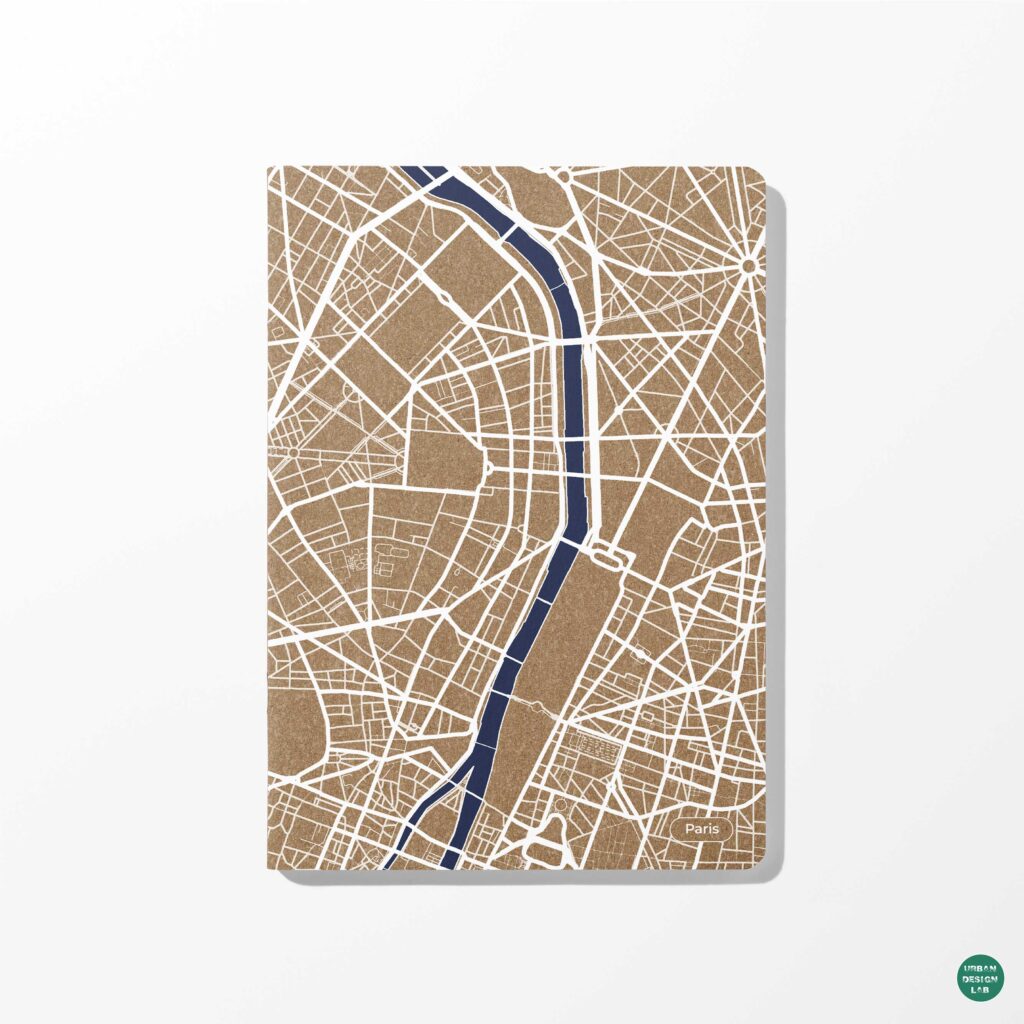

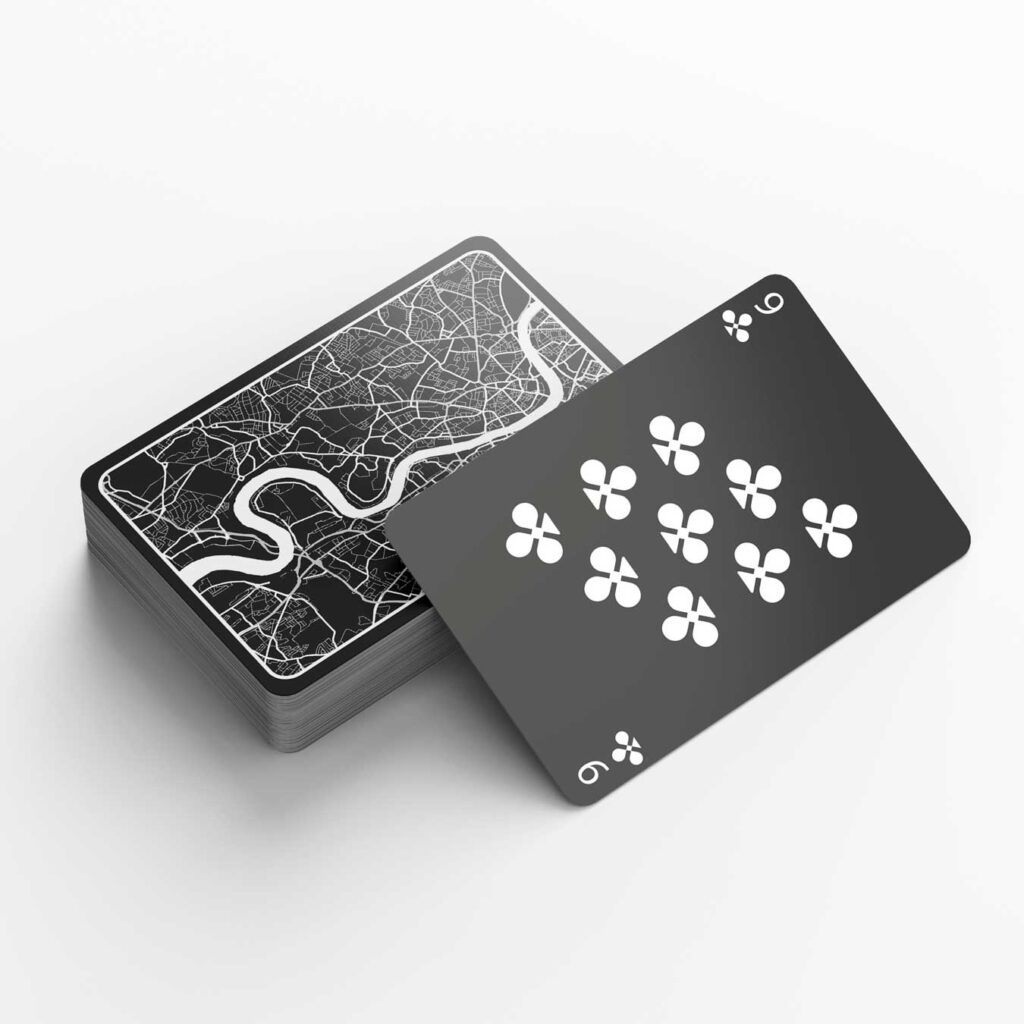
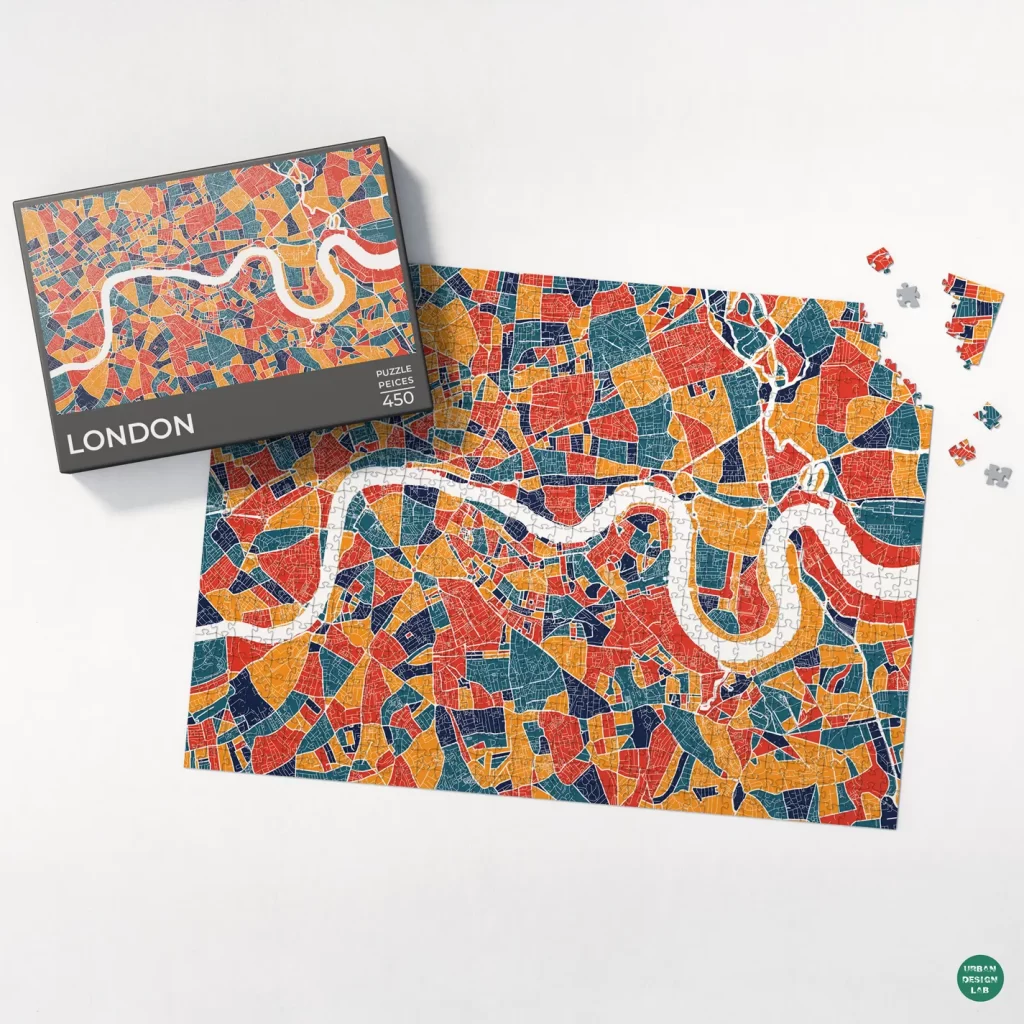
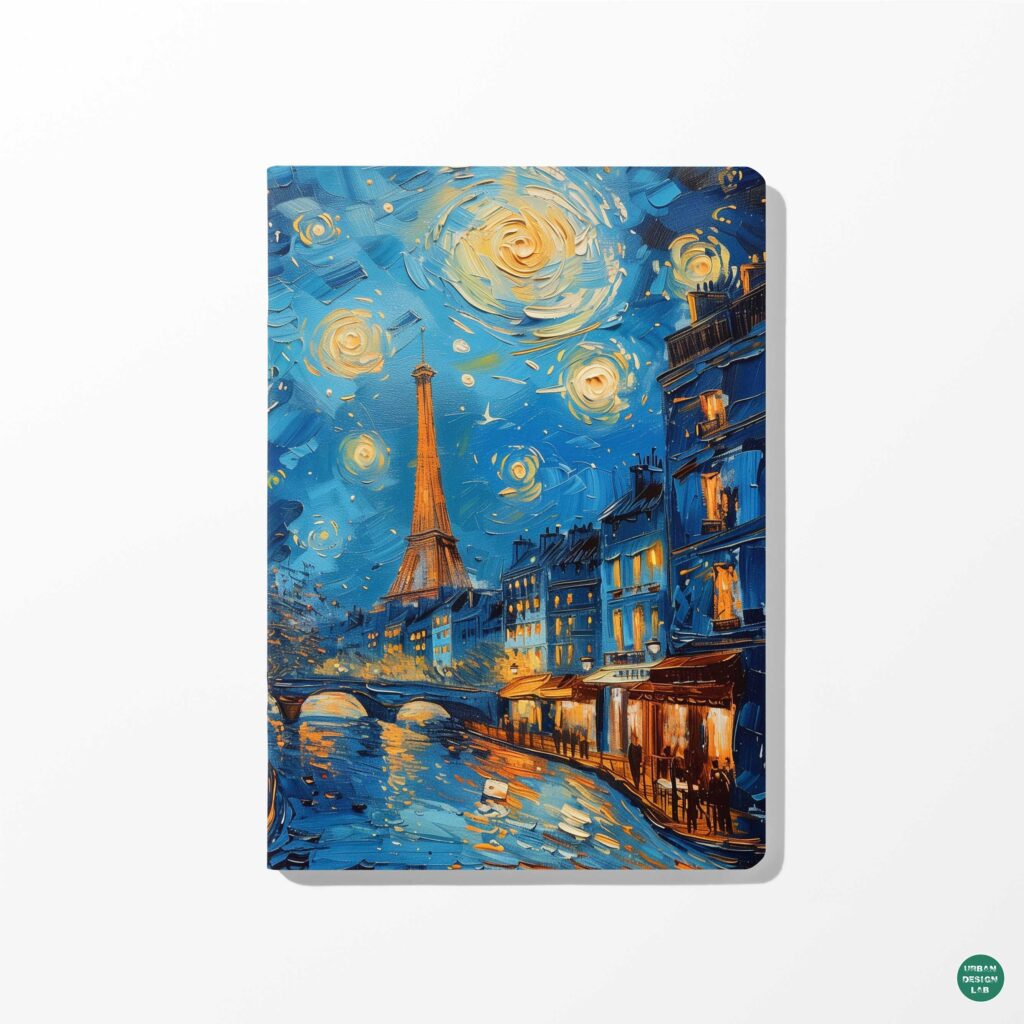
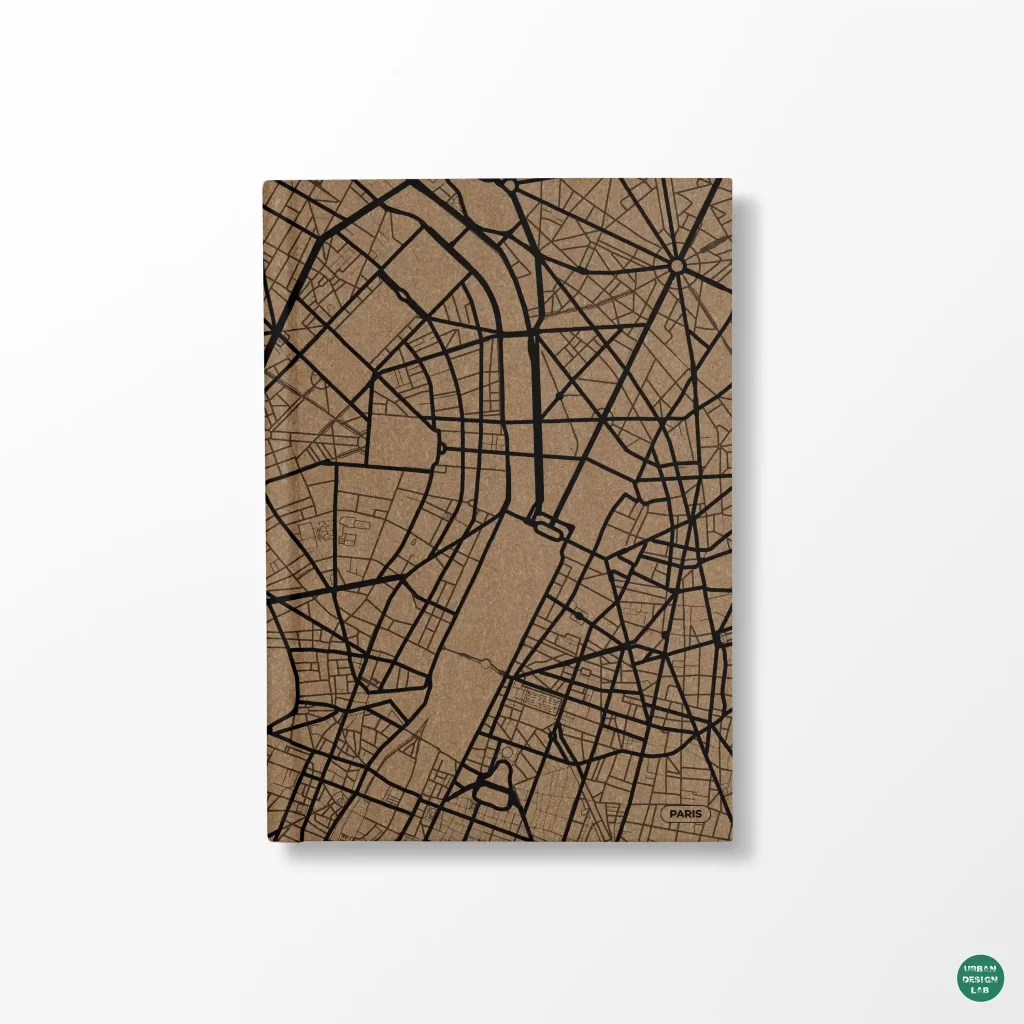
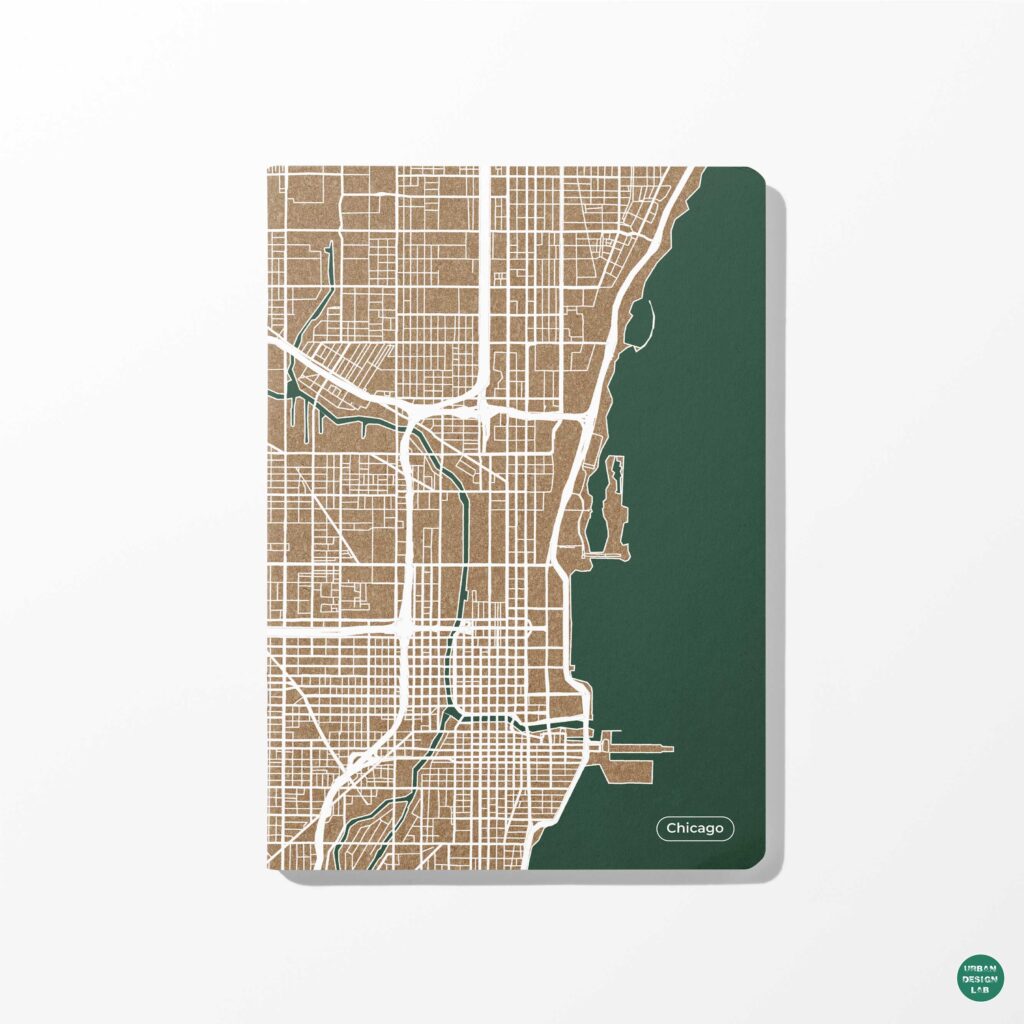
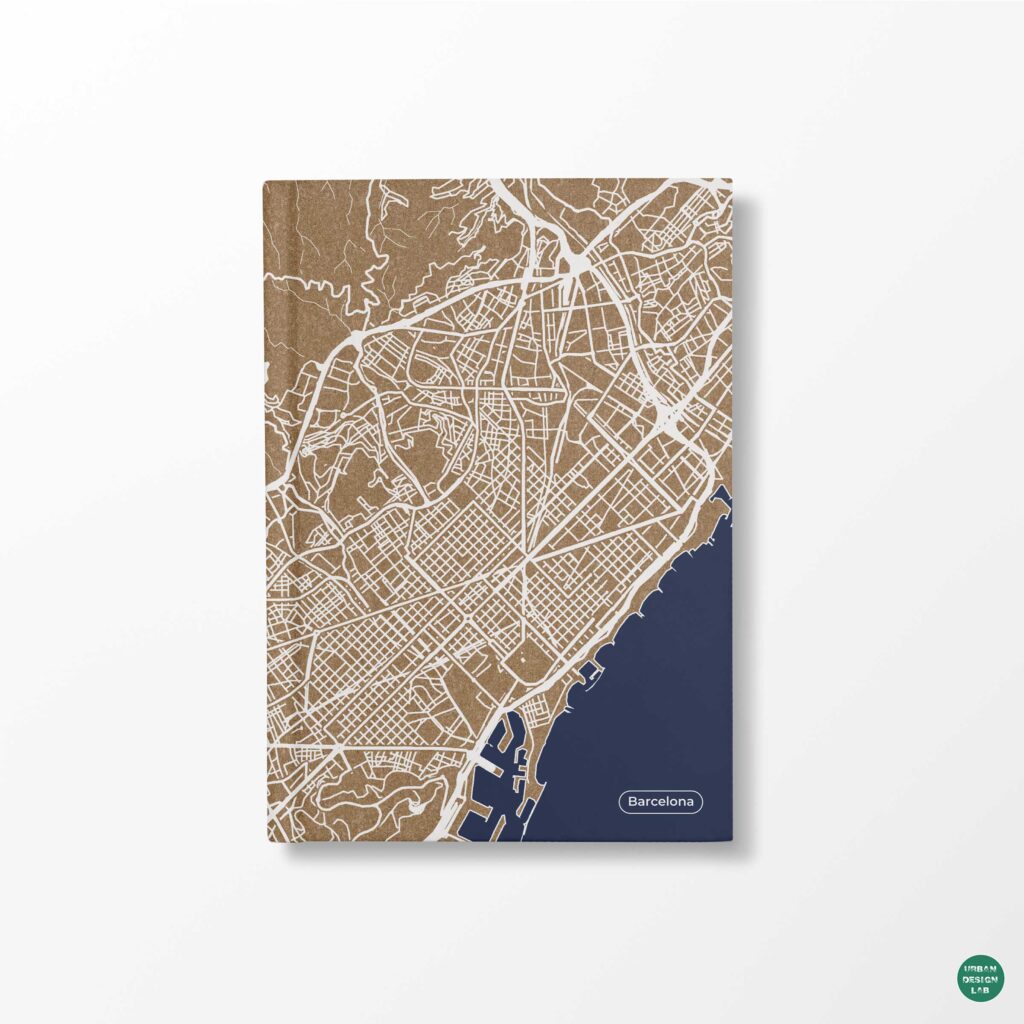
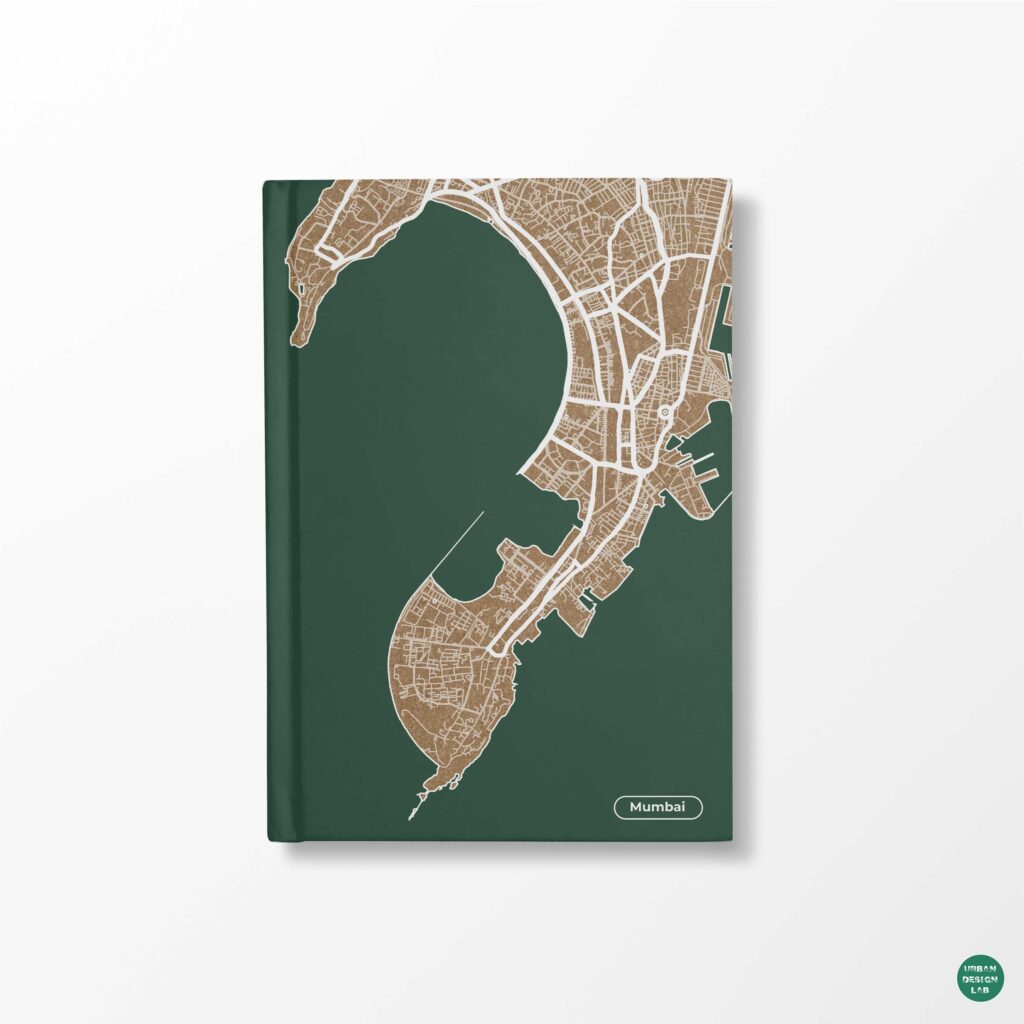
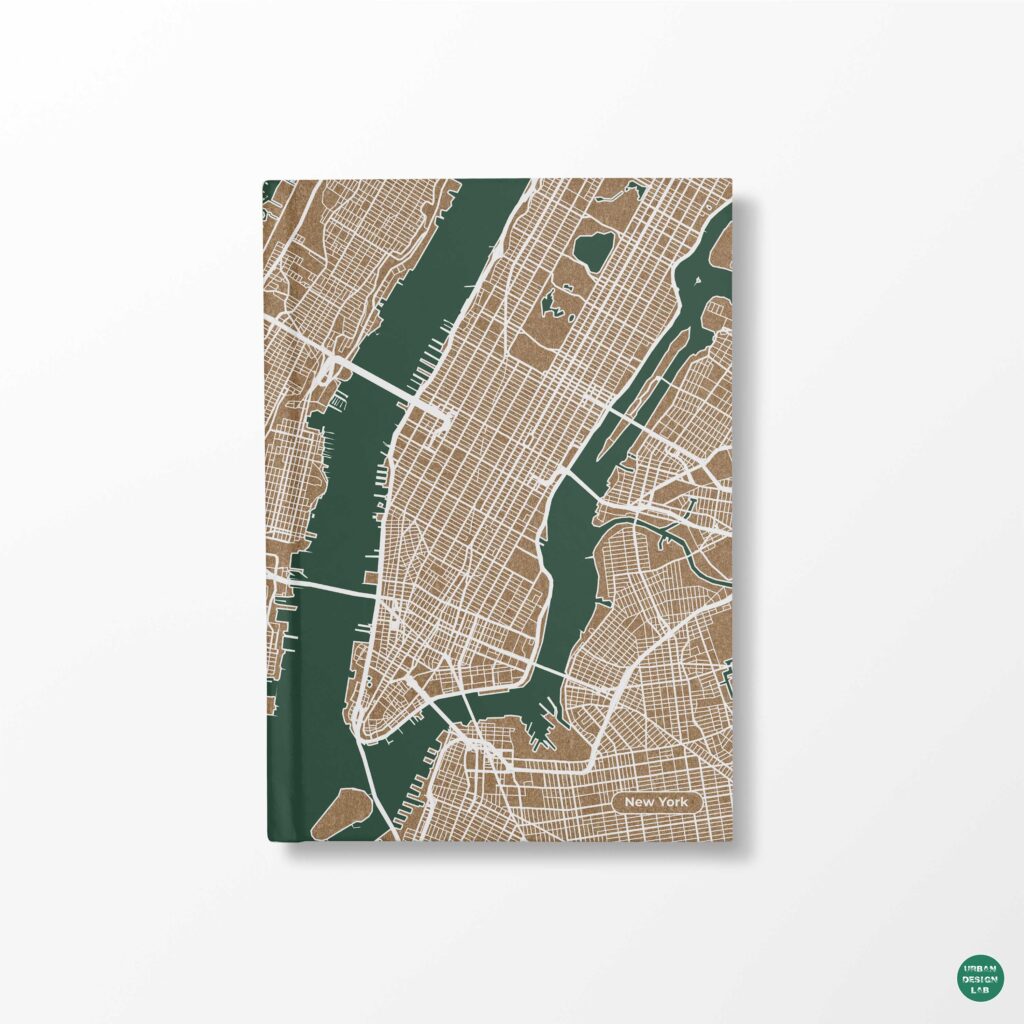
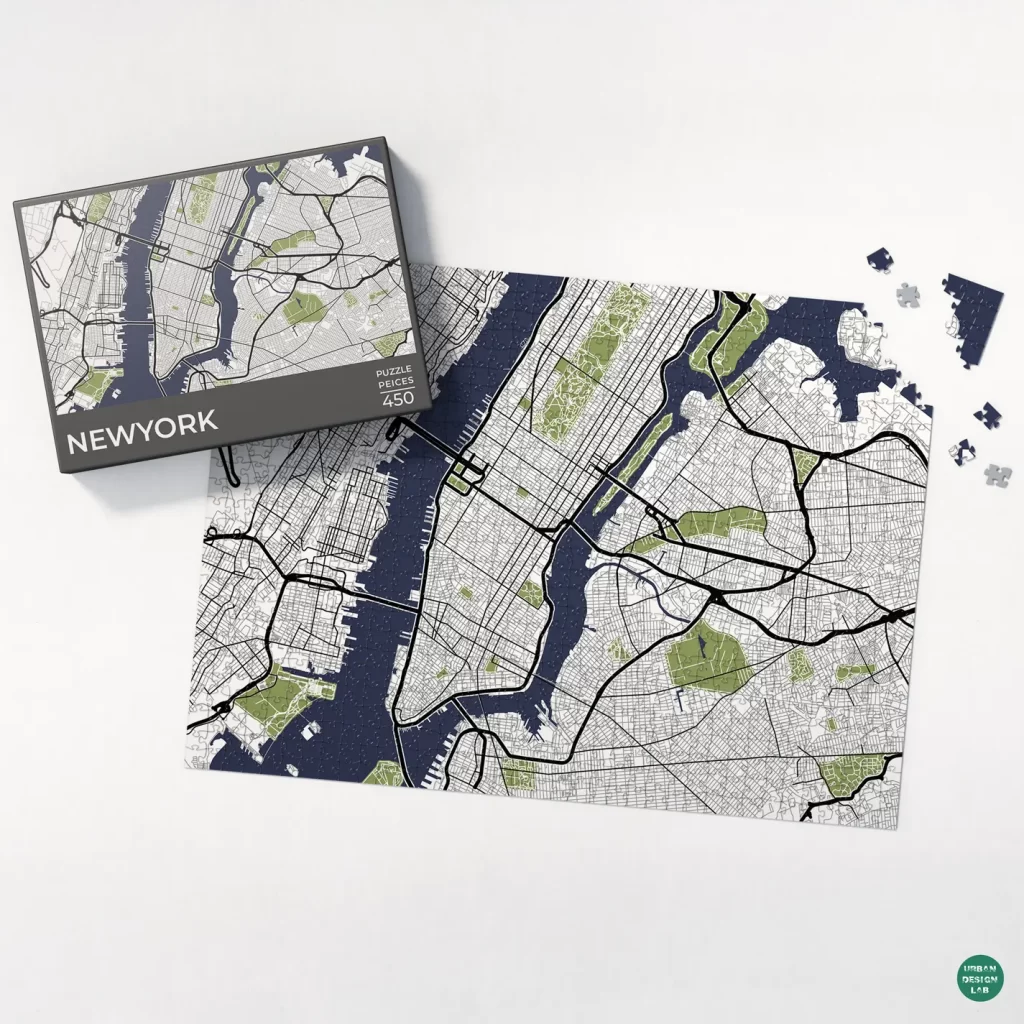
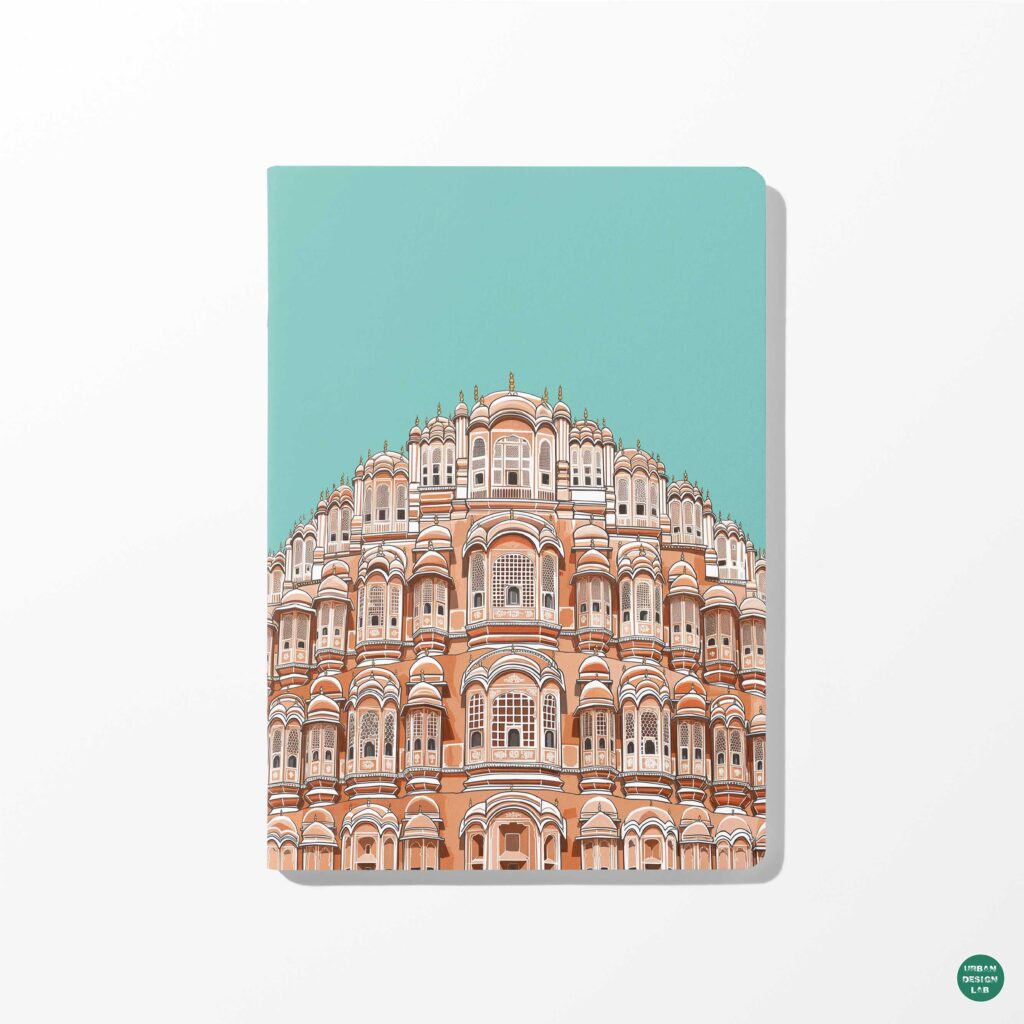
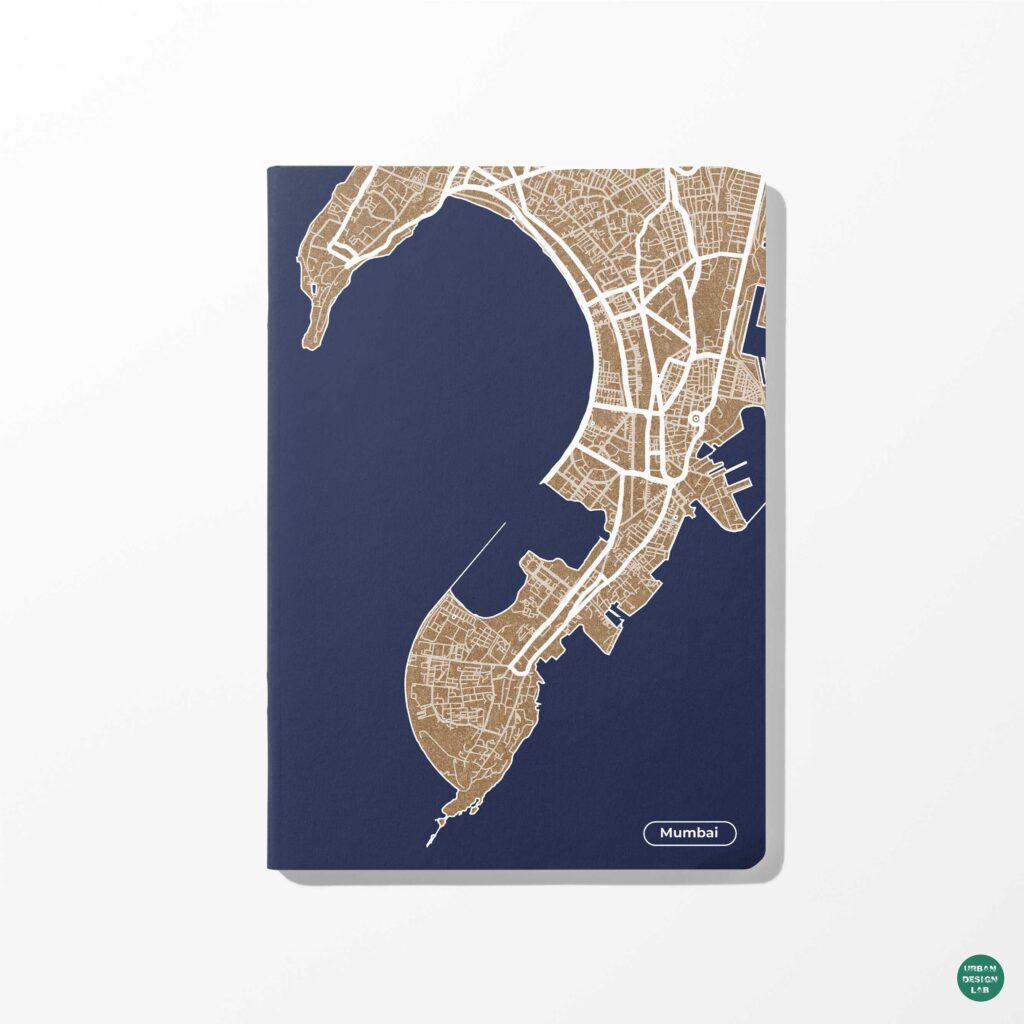
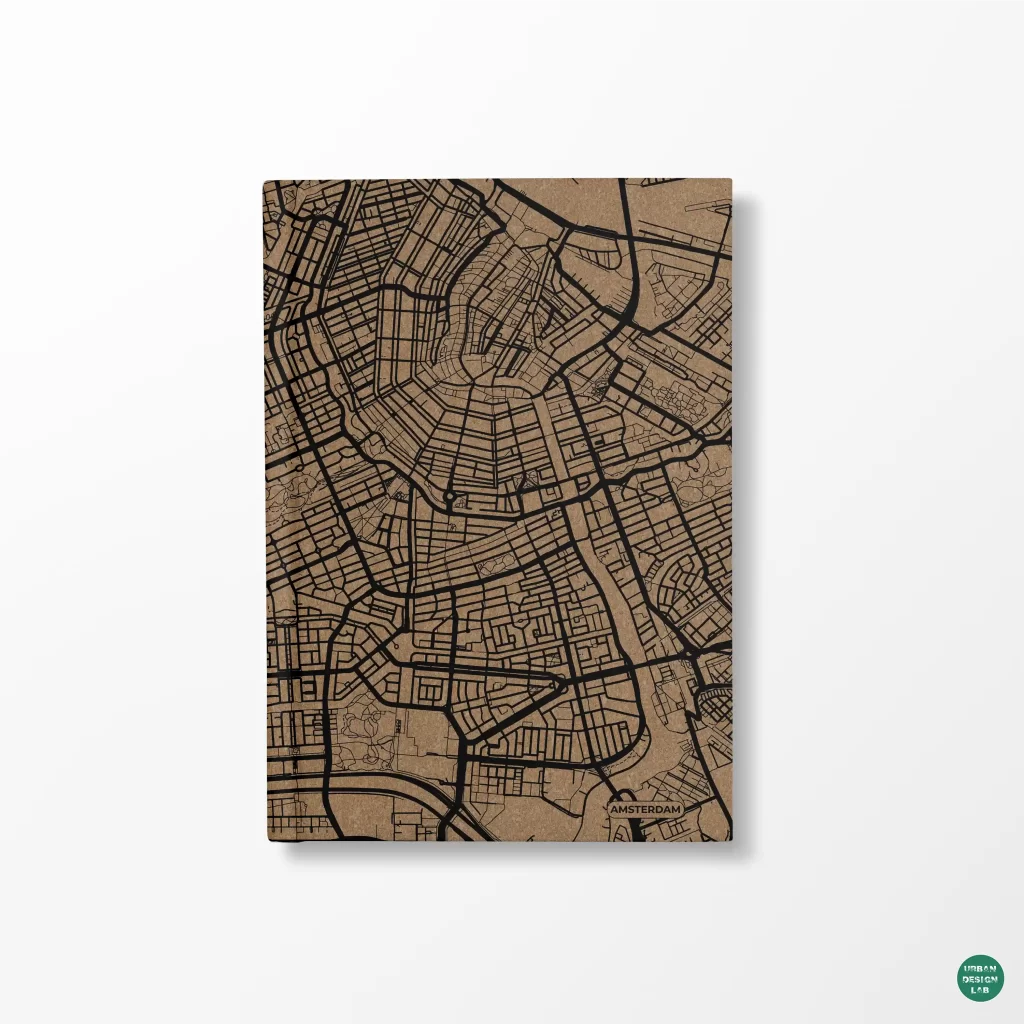
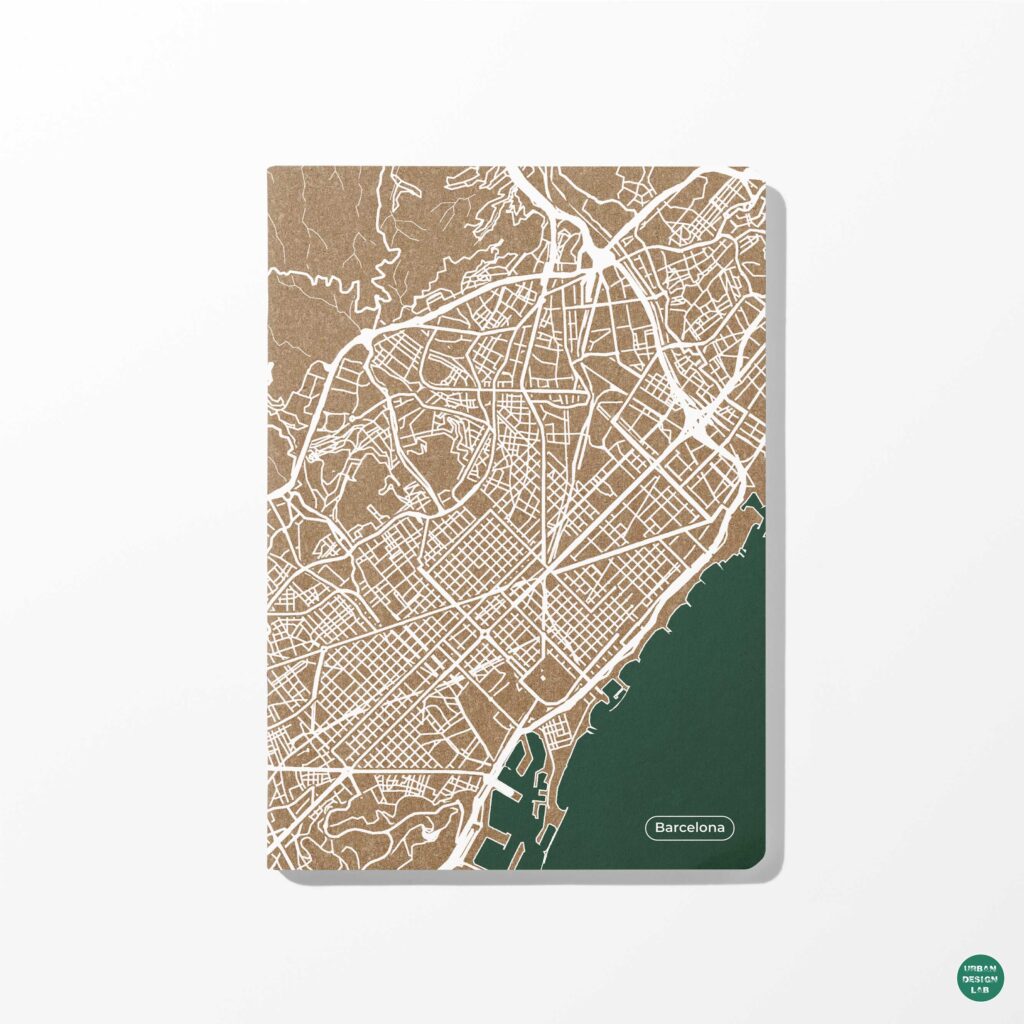
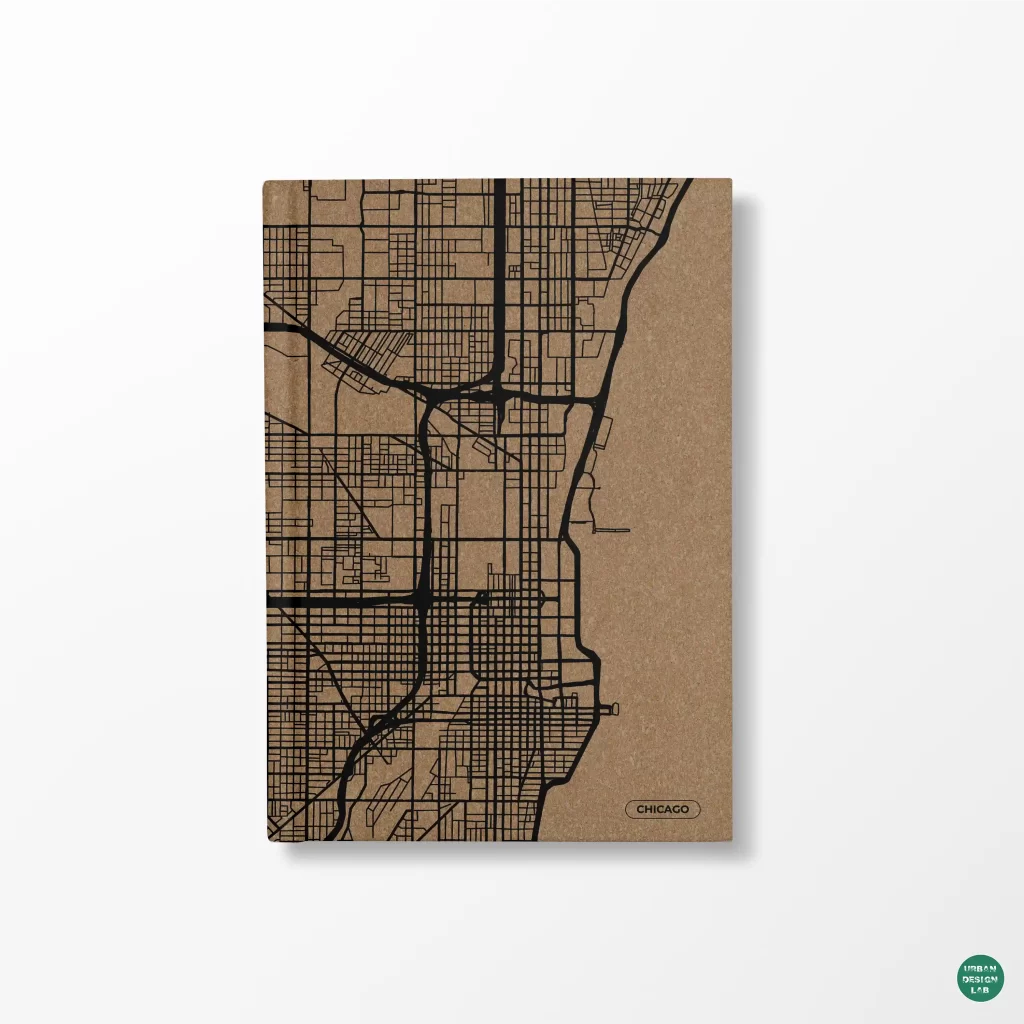
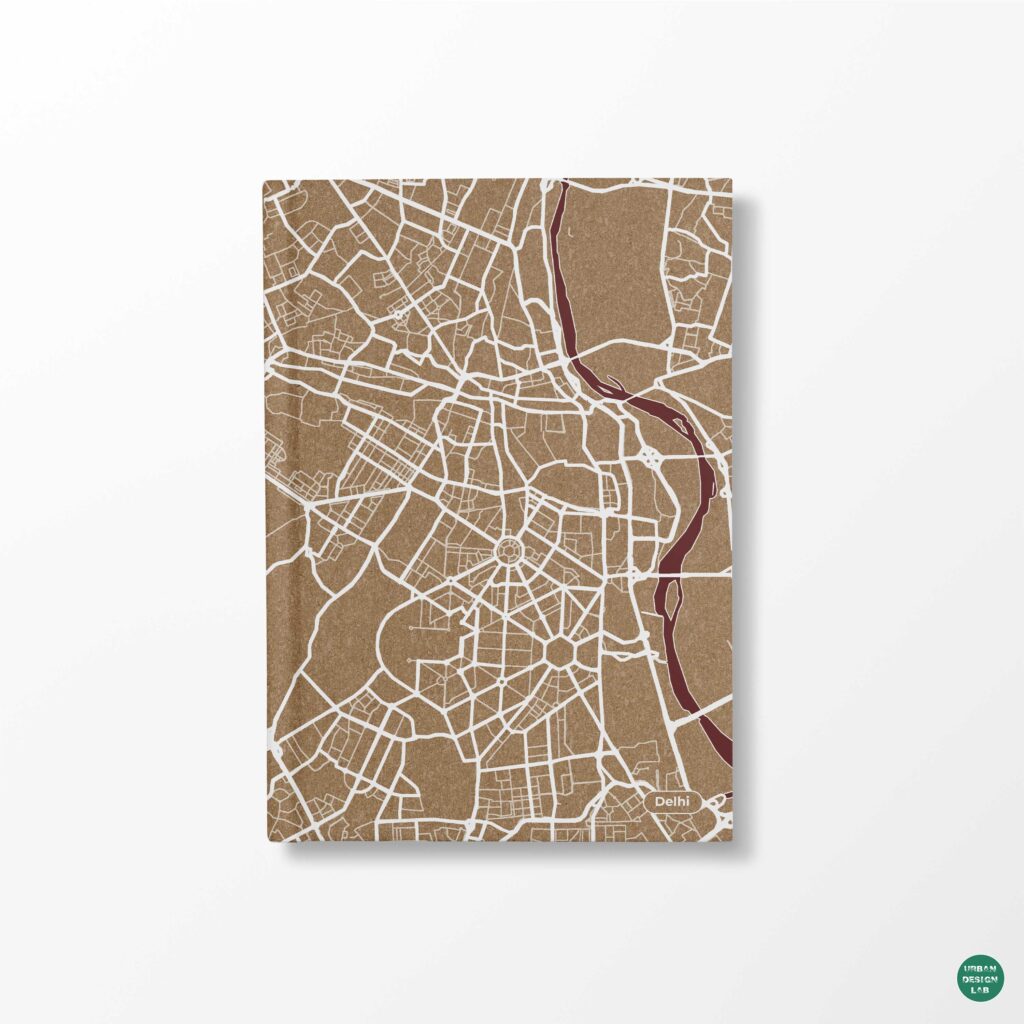
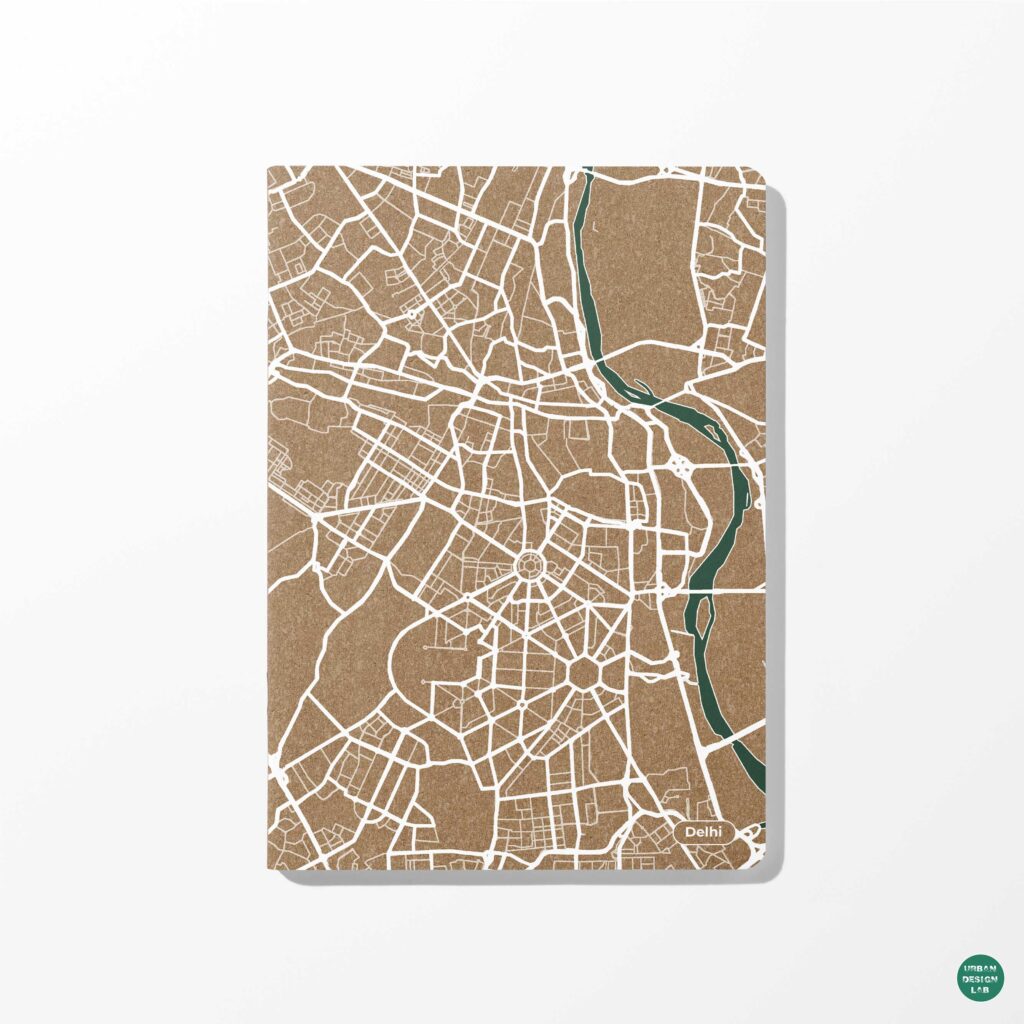

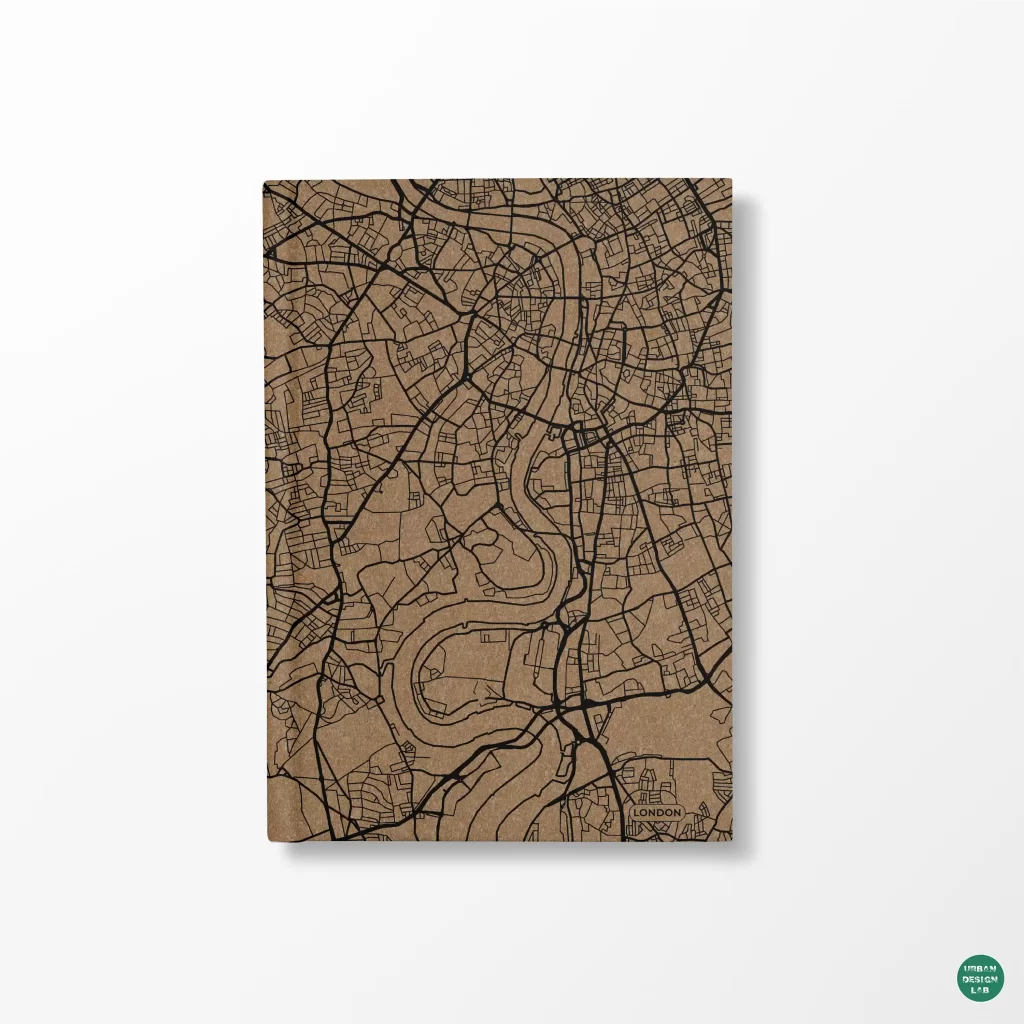


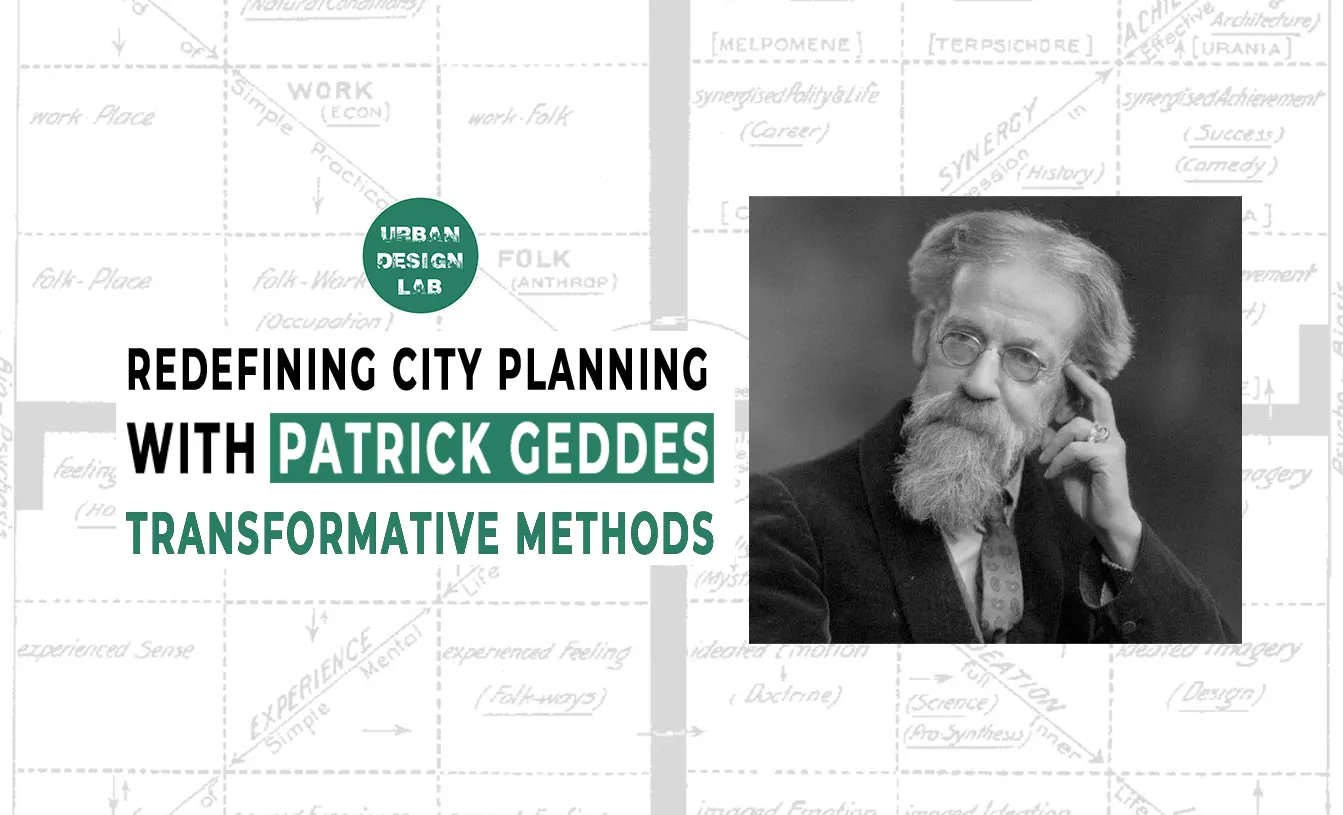
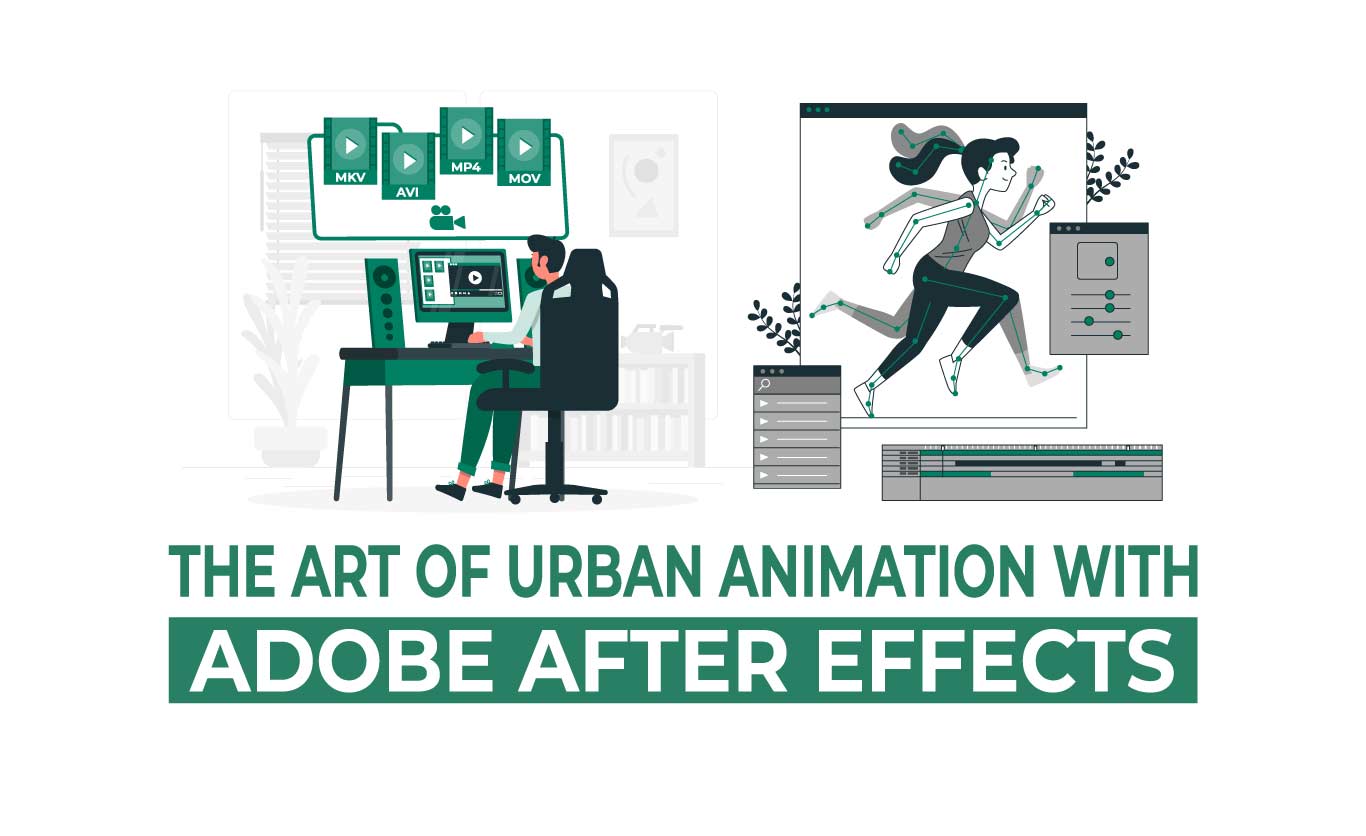

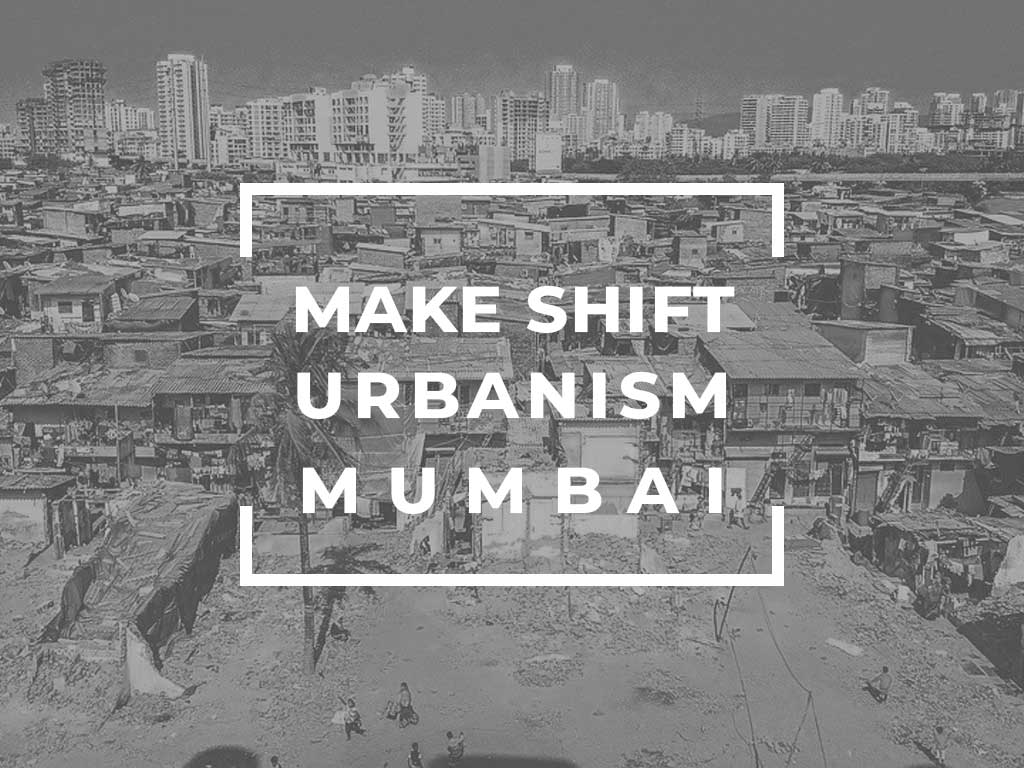
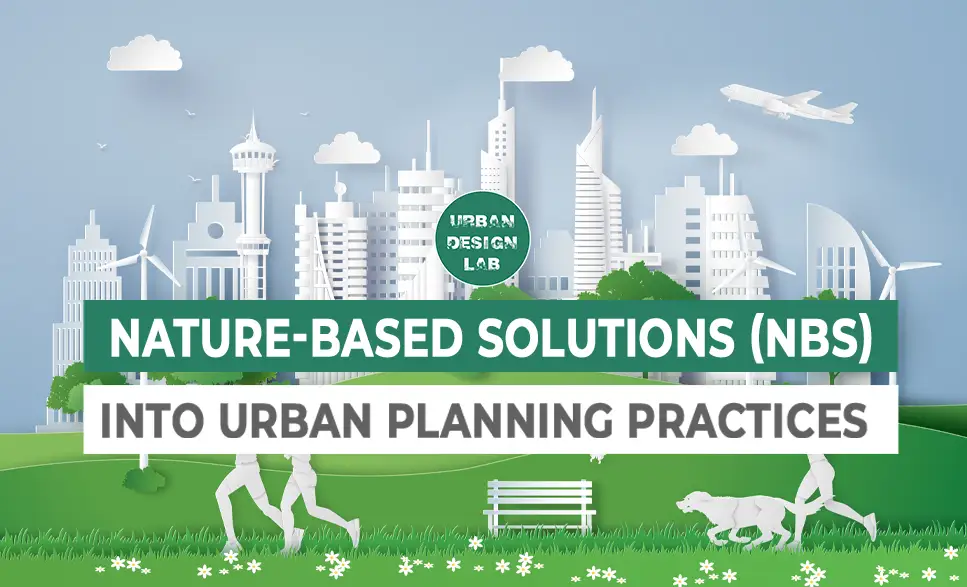
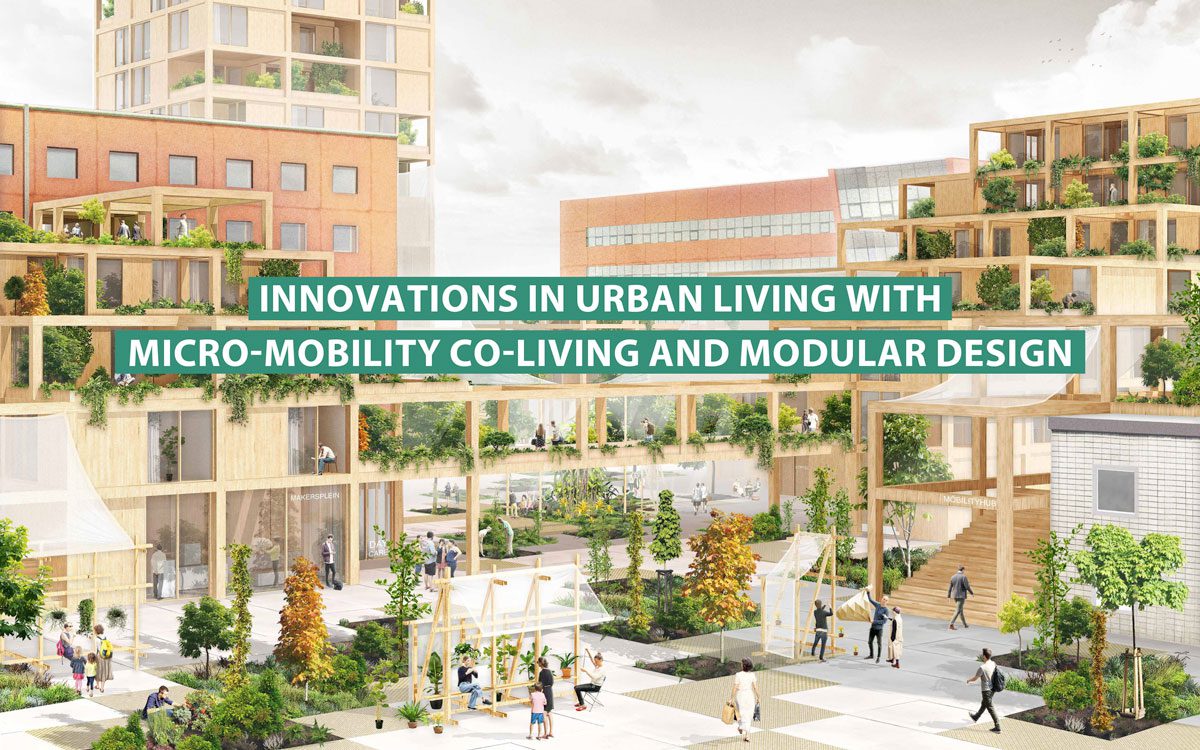

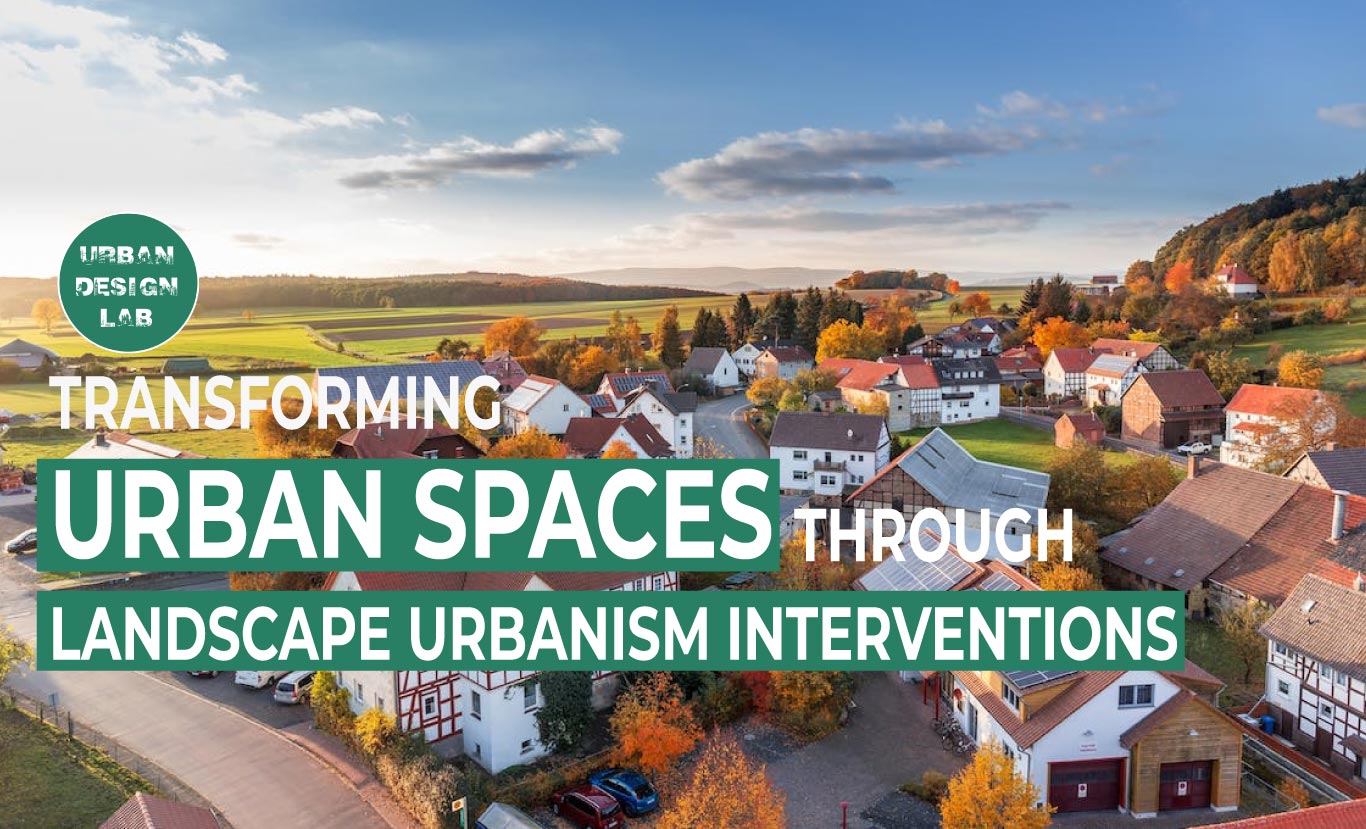
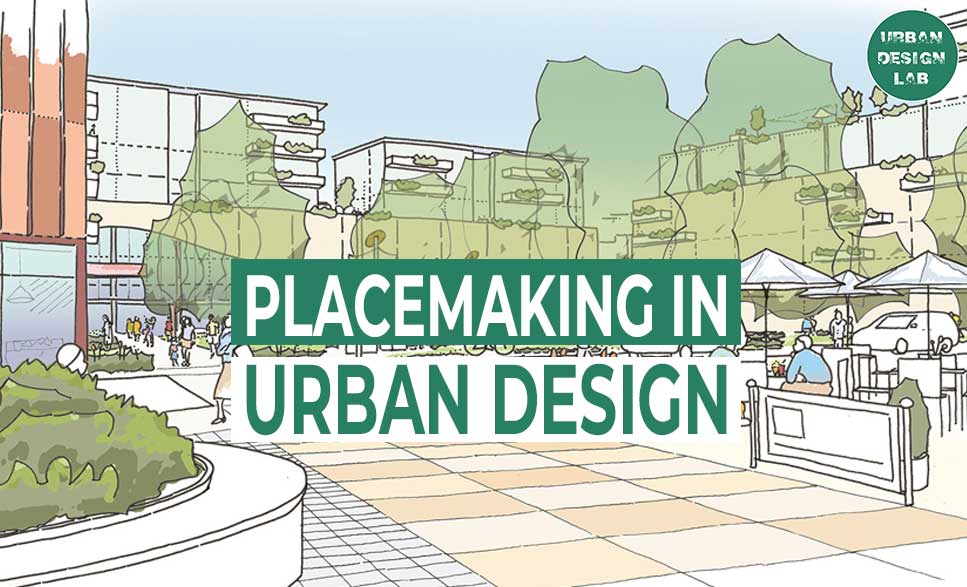
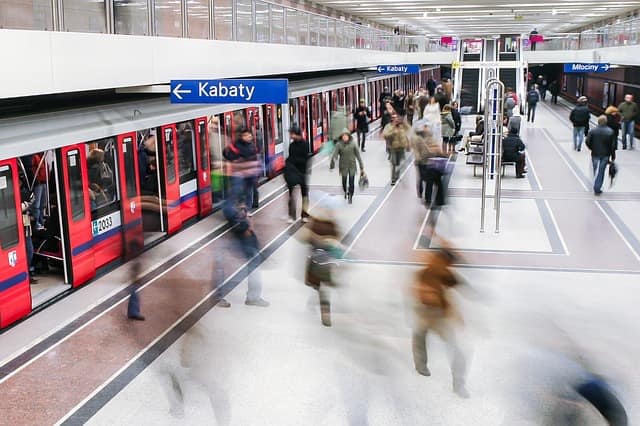
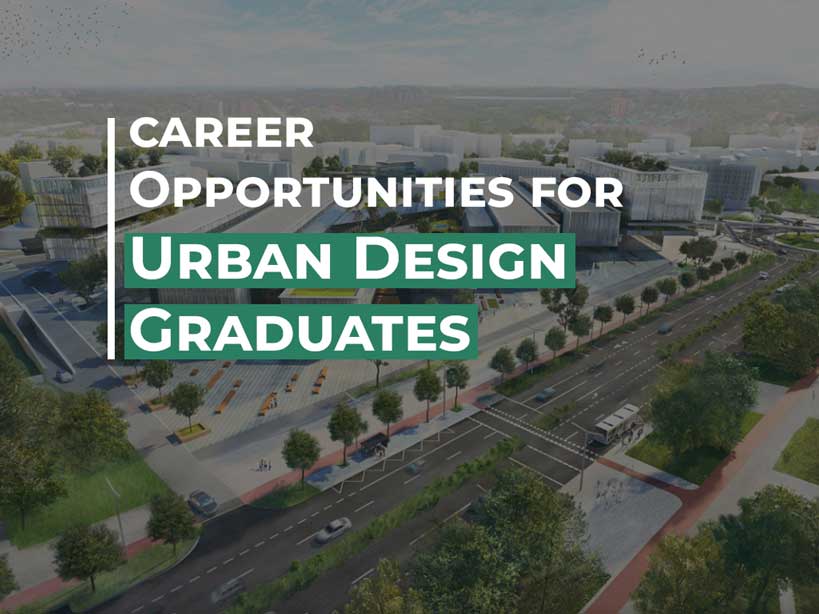
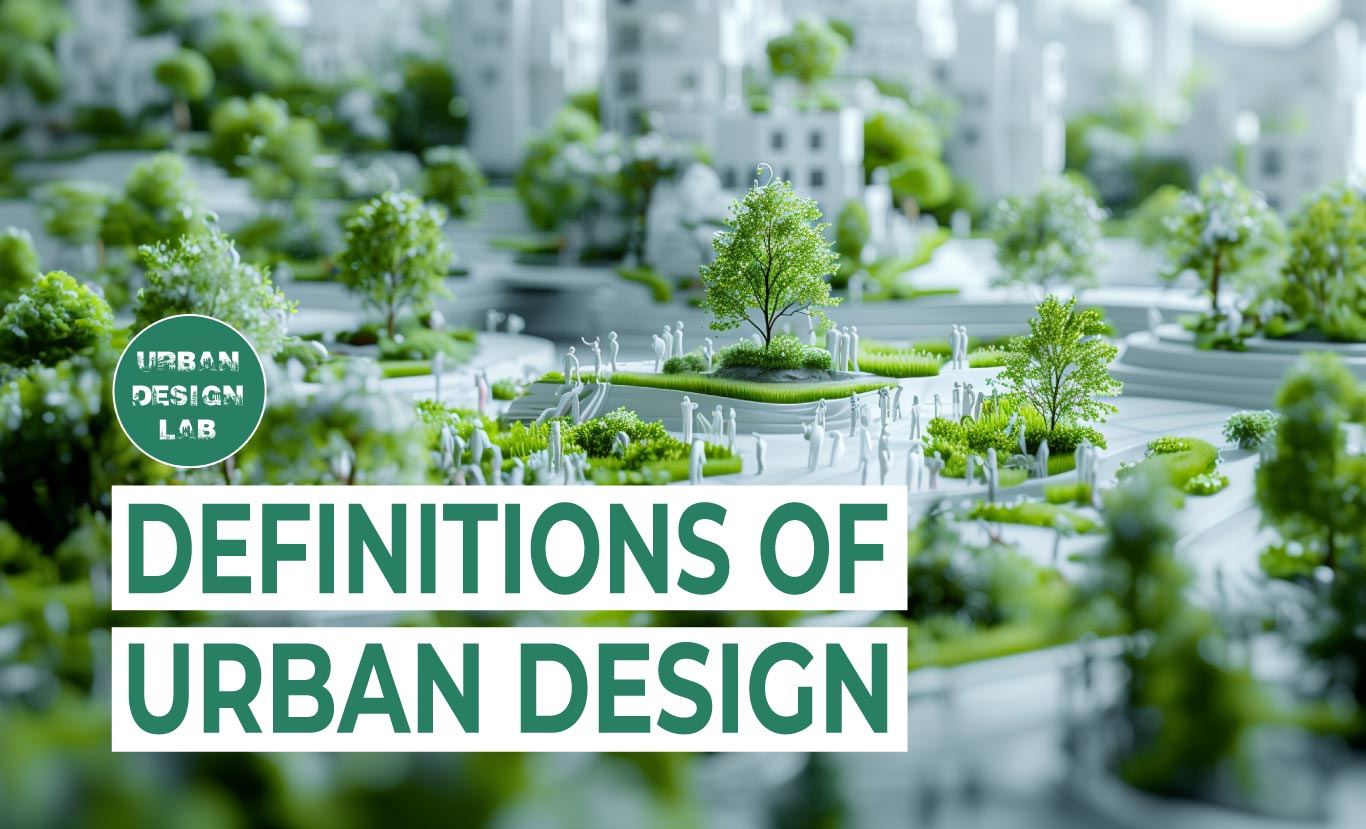
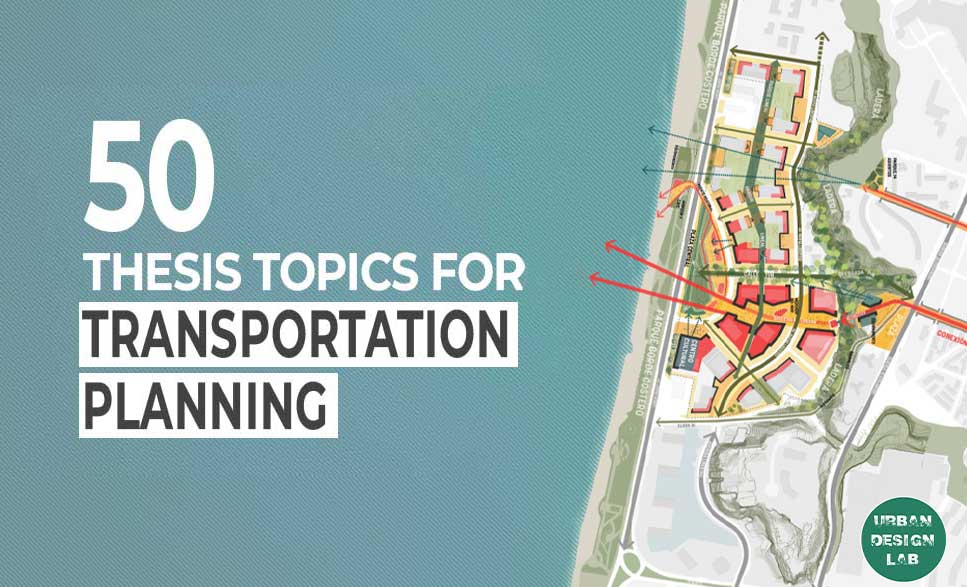
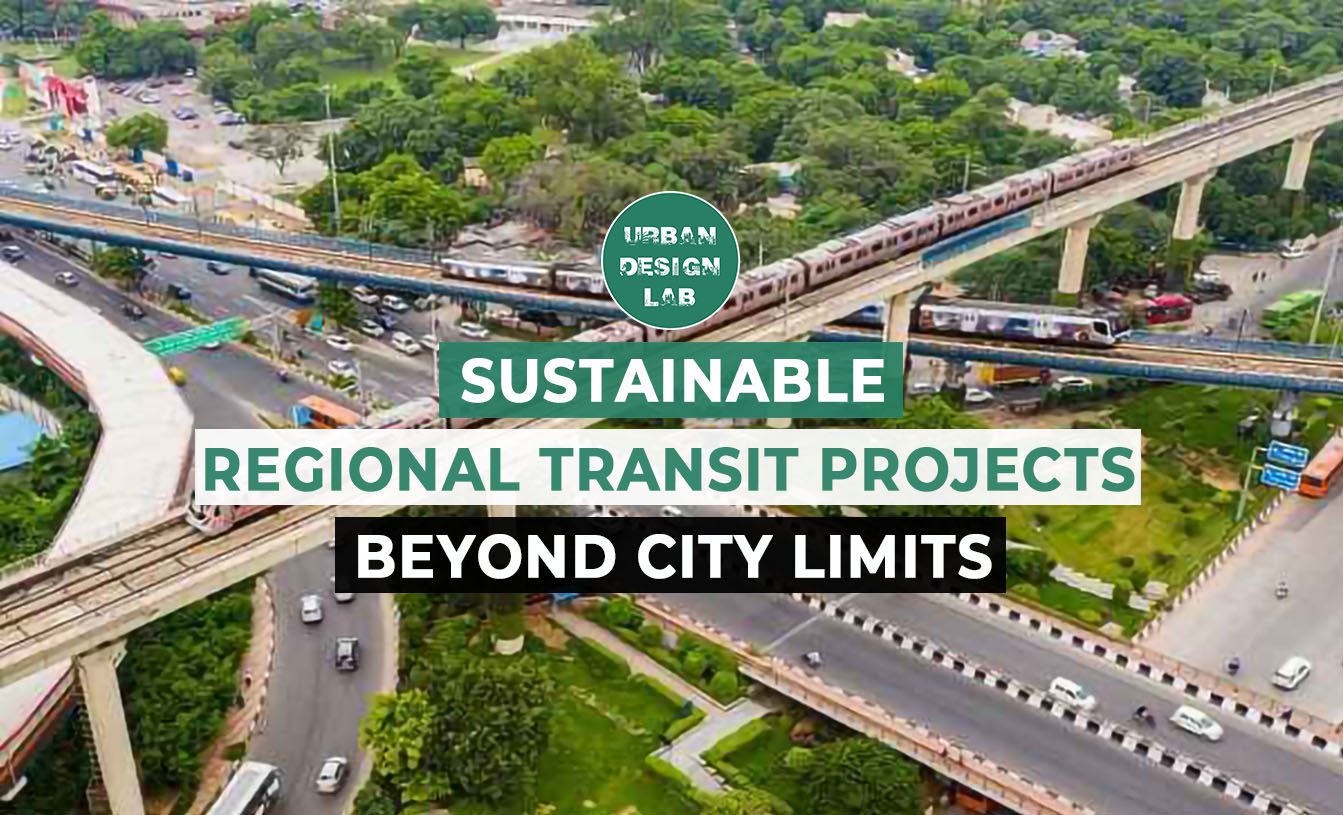
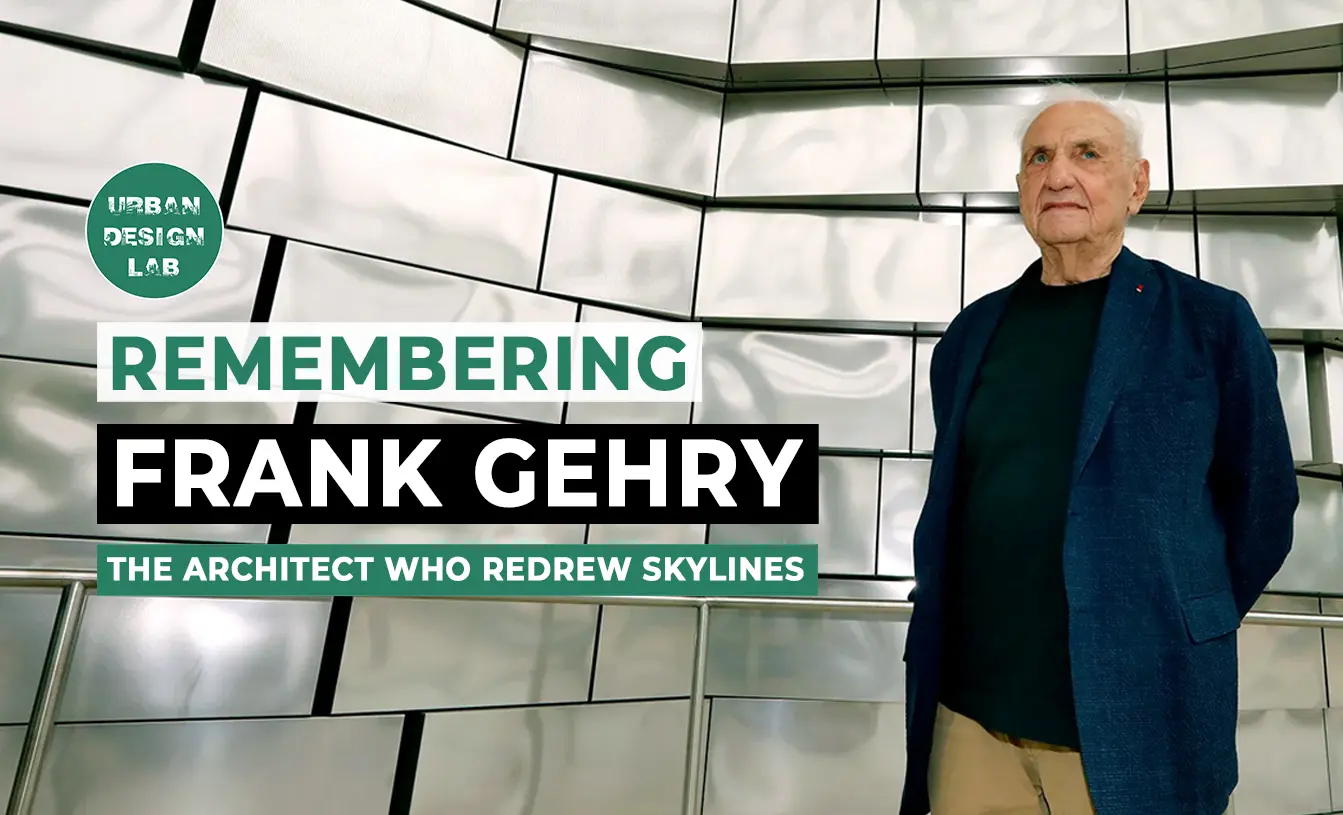
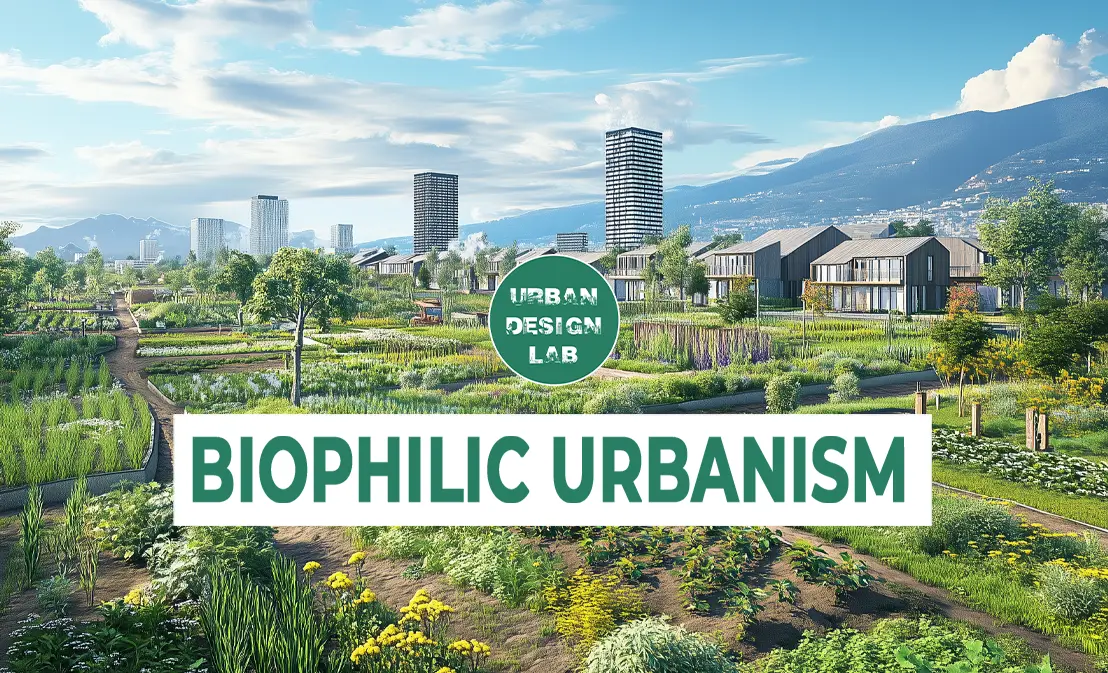
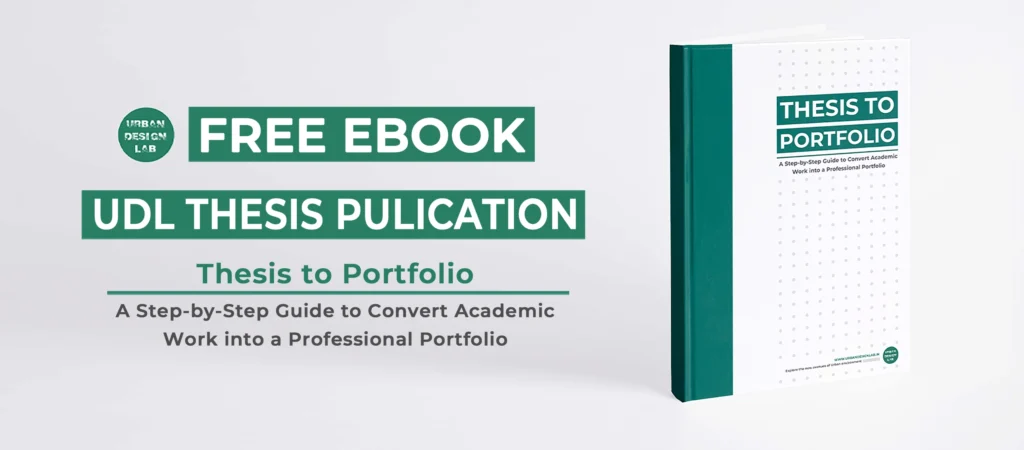
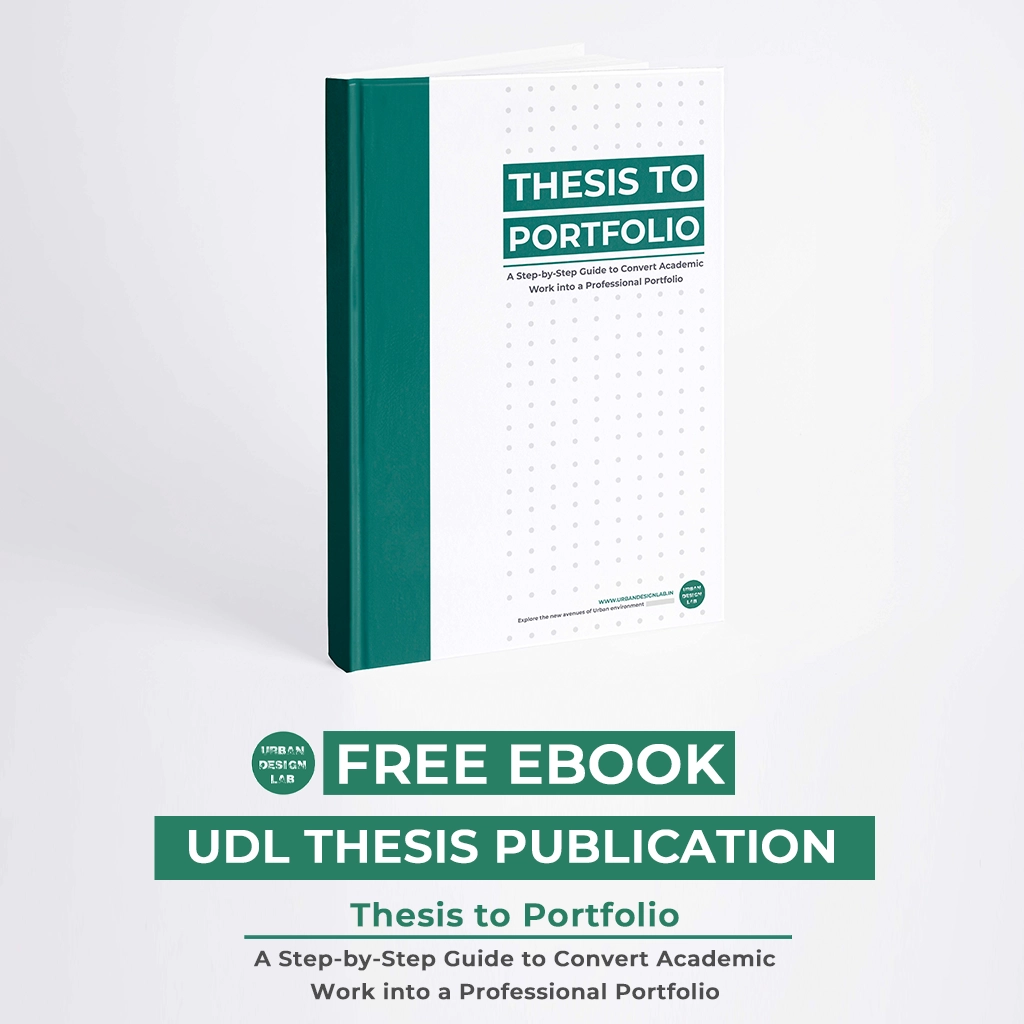
One Comment
Bien Juliana Catalina felicitaciones bendiciones un abrazote